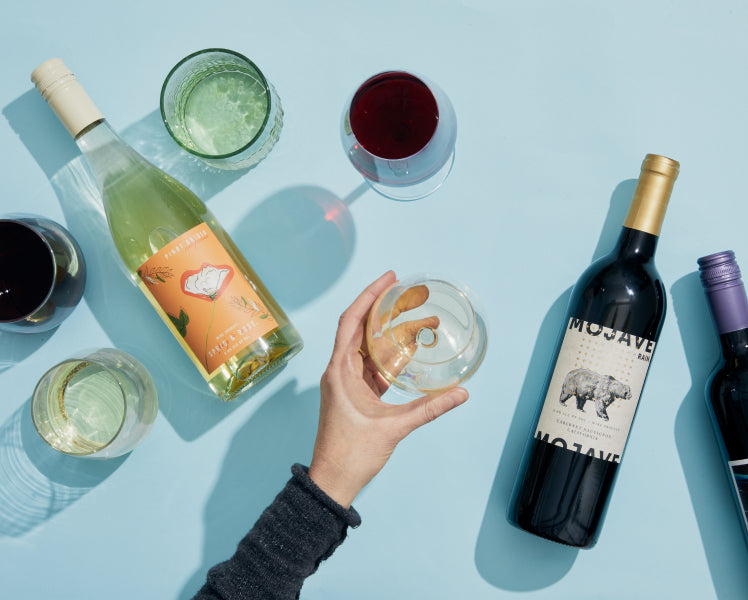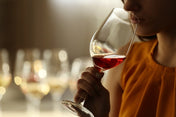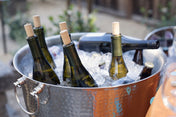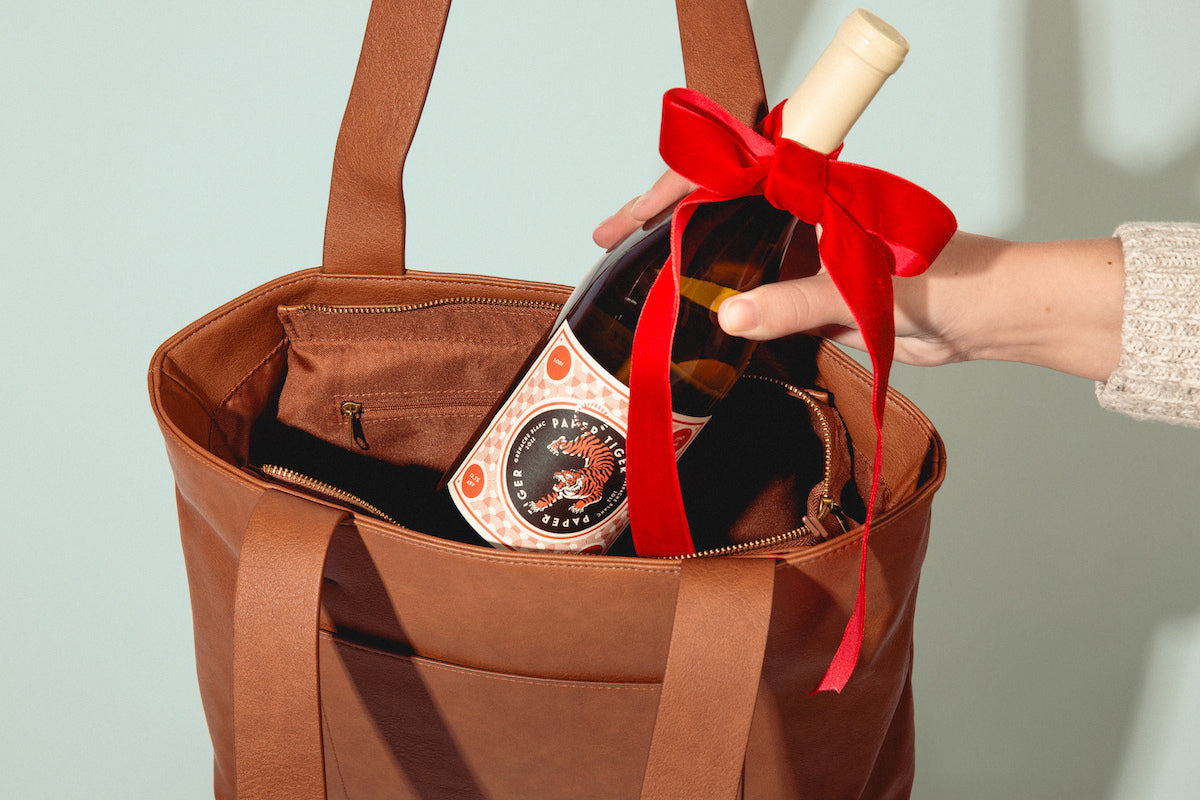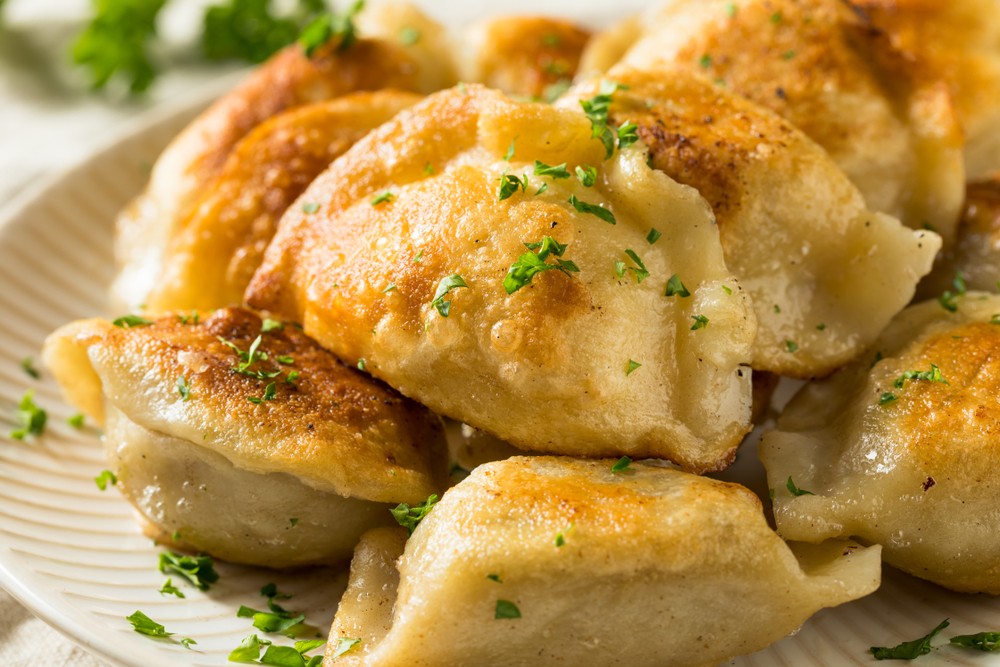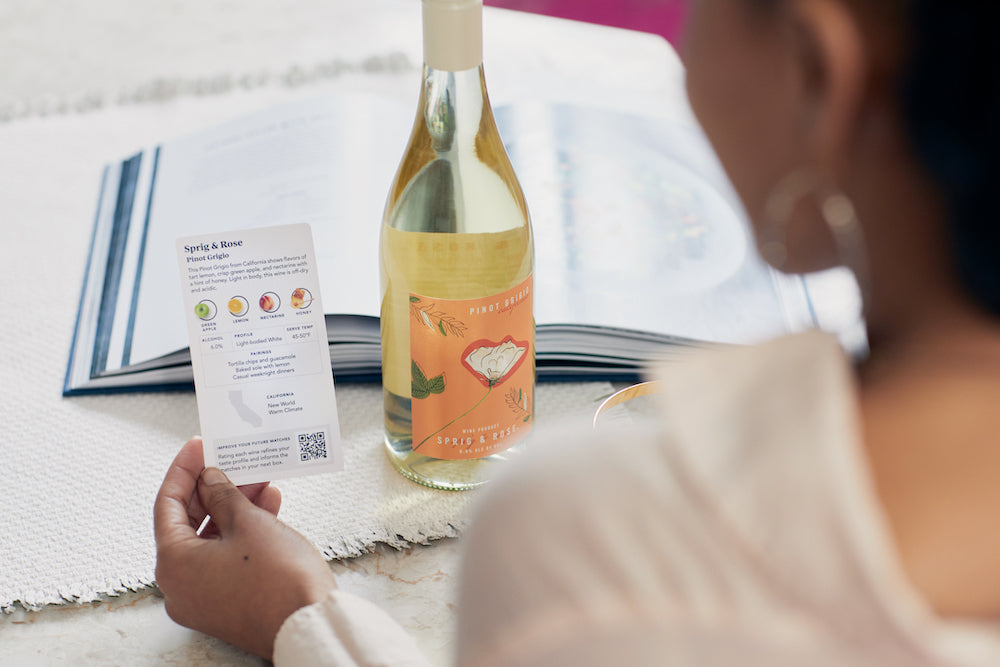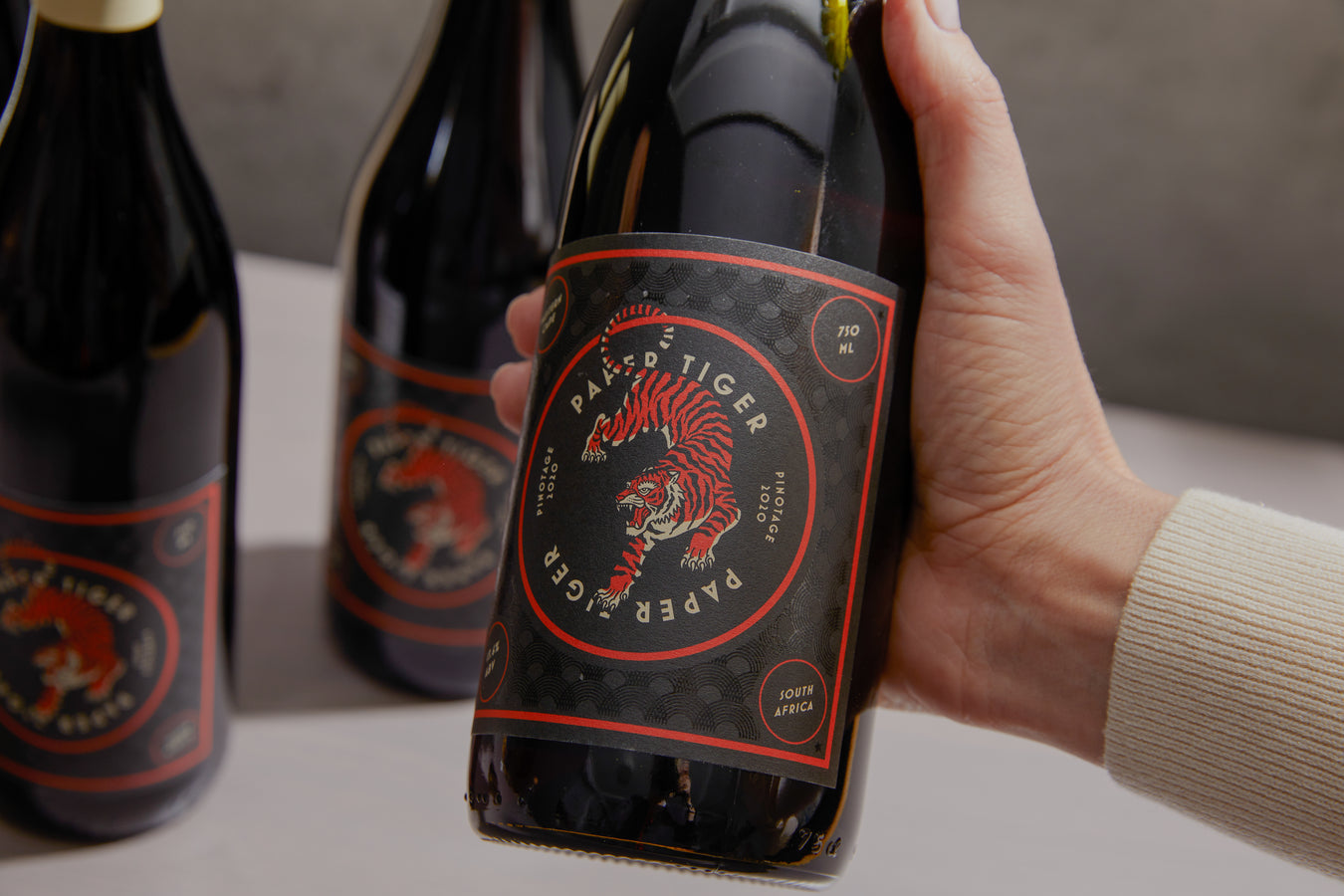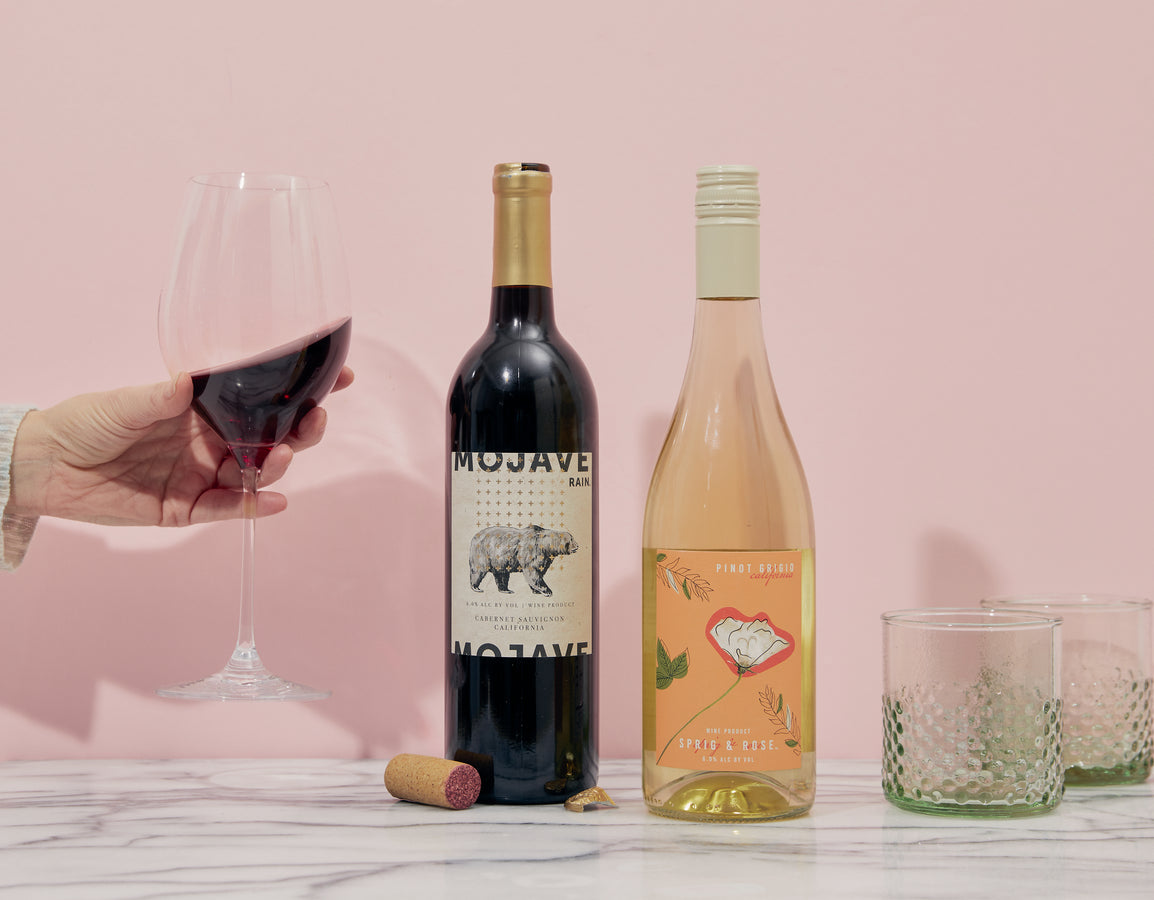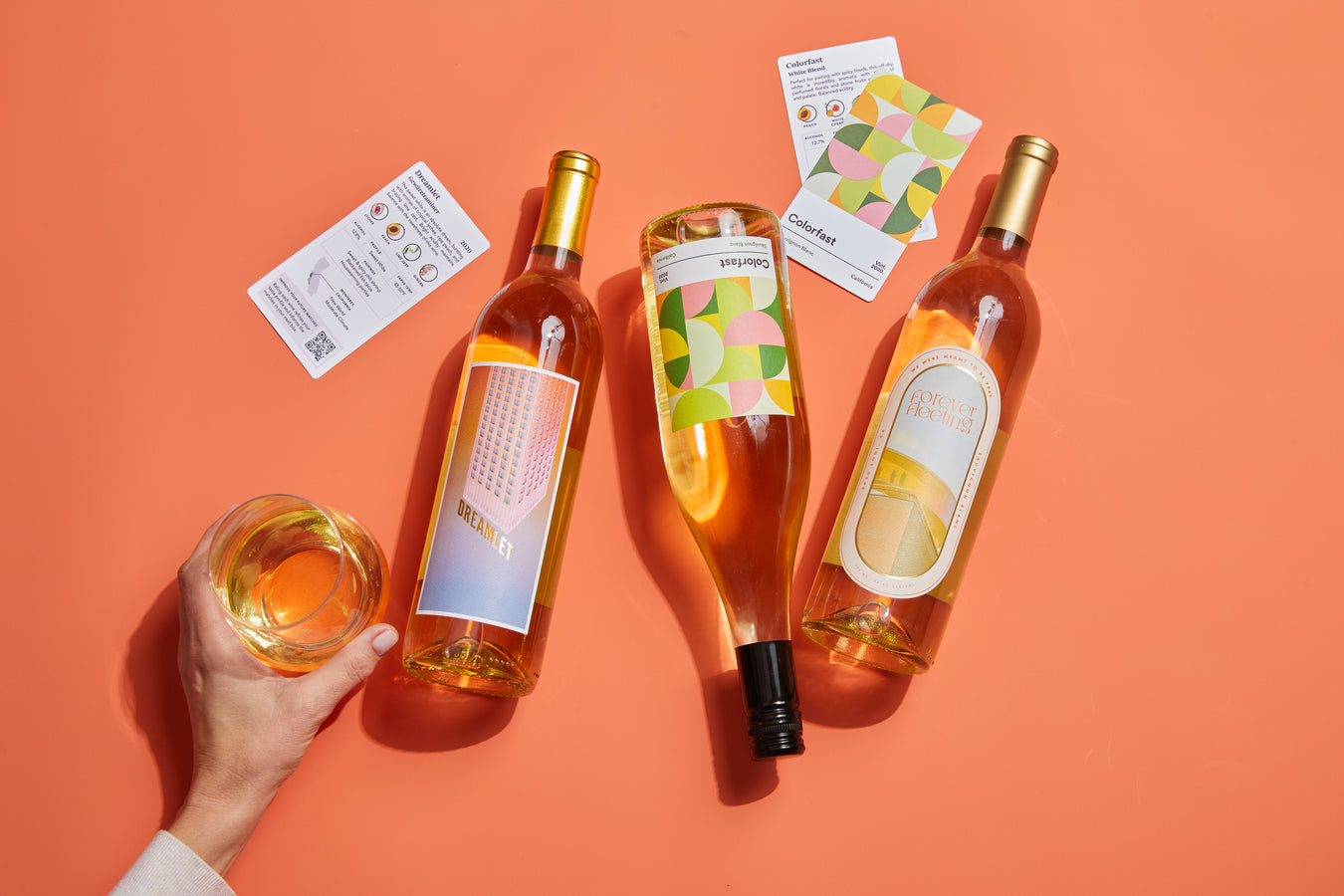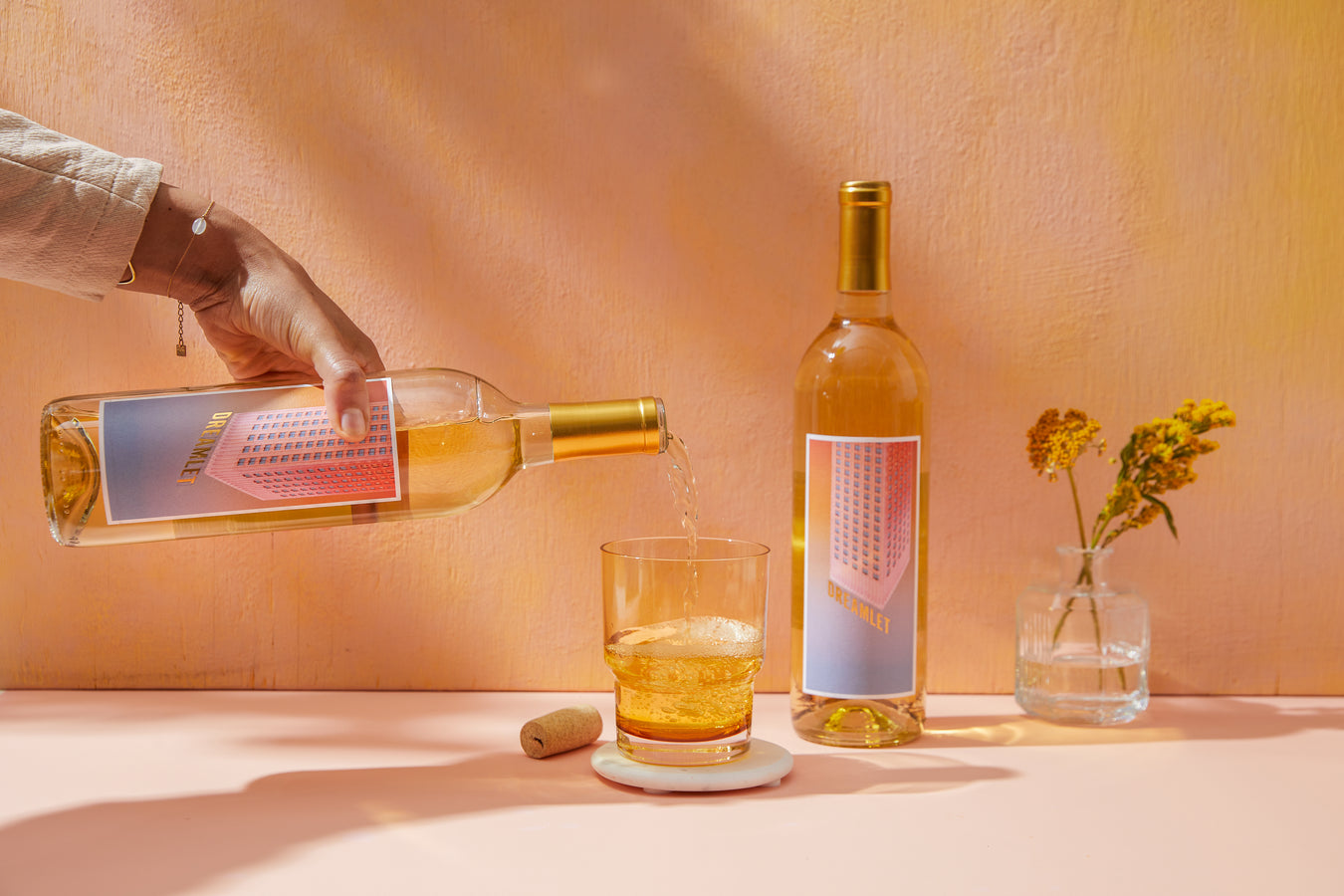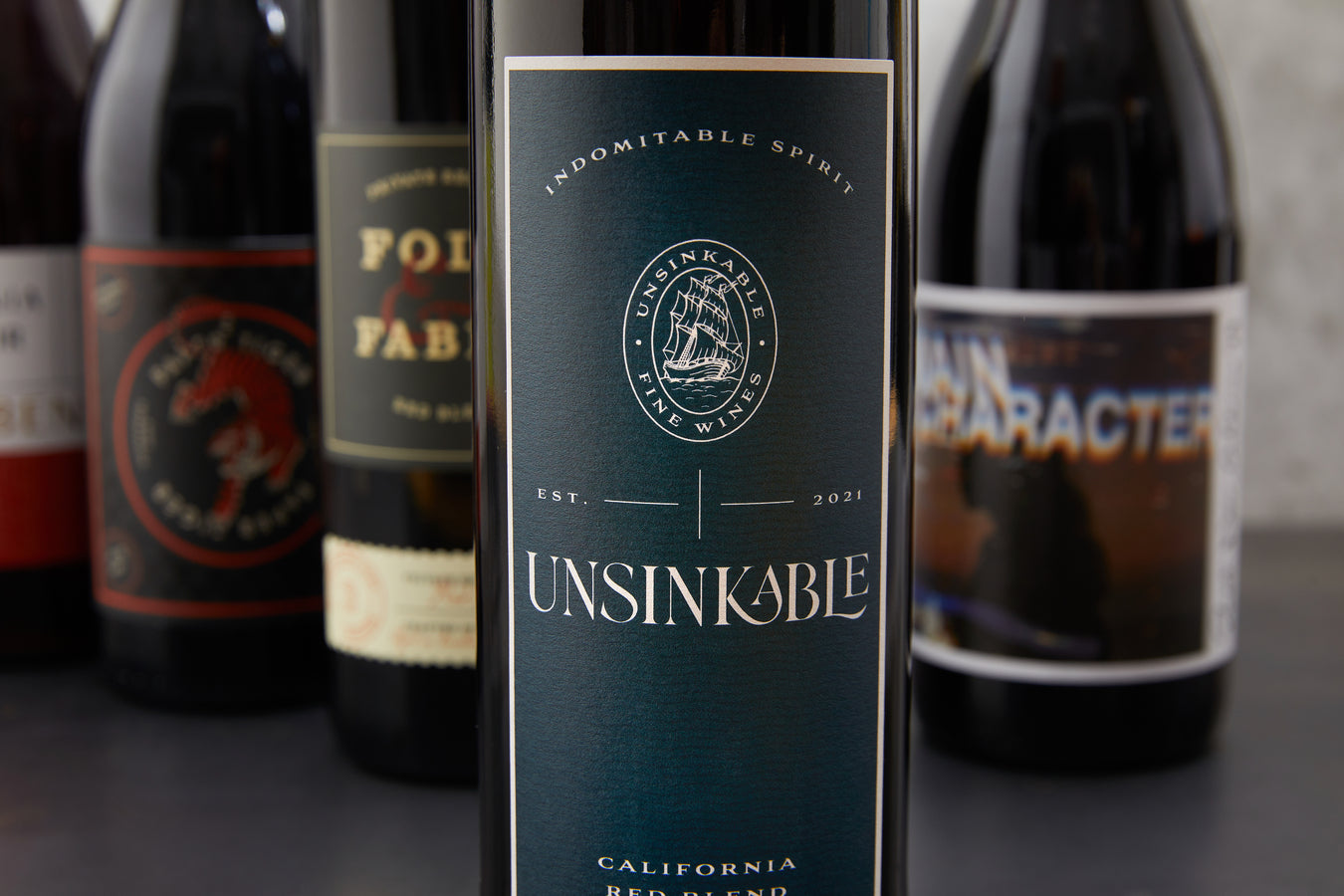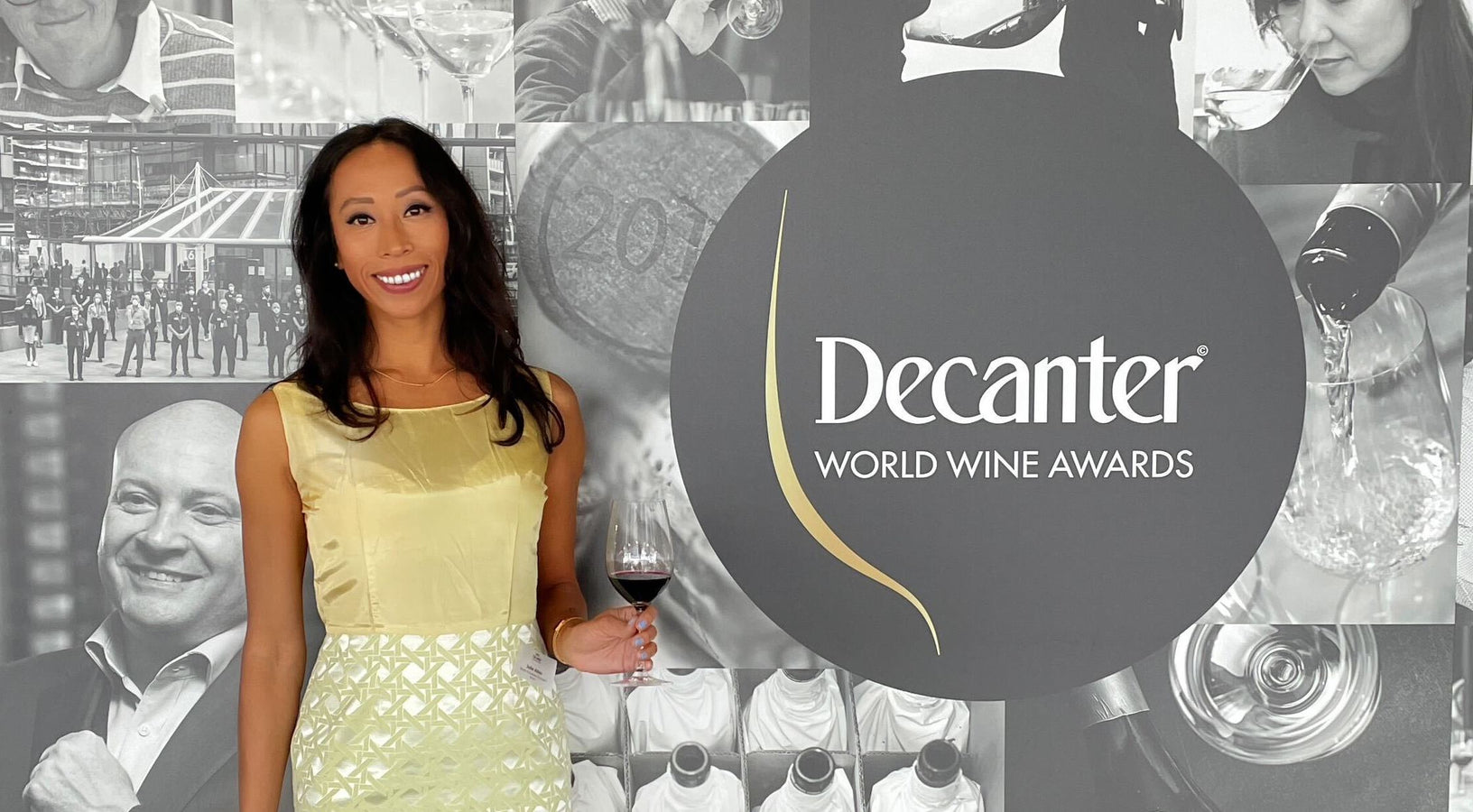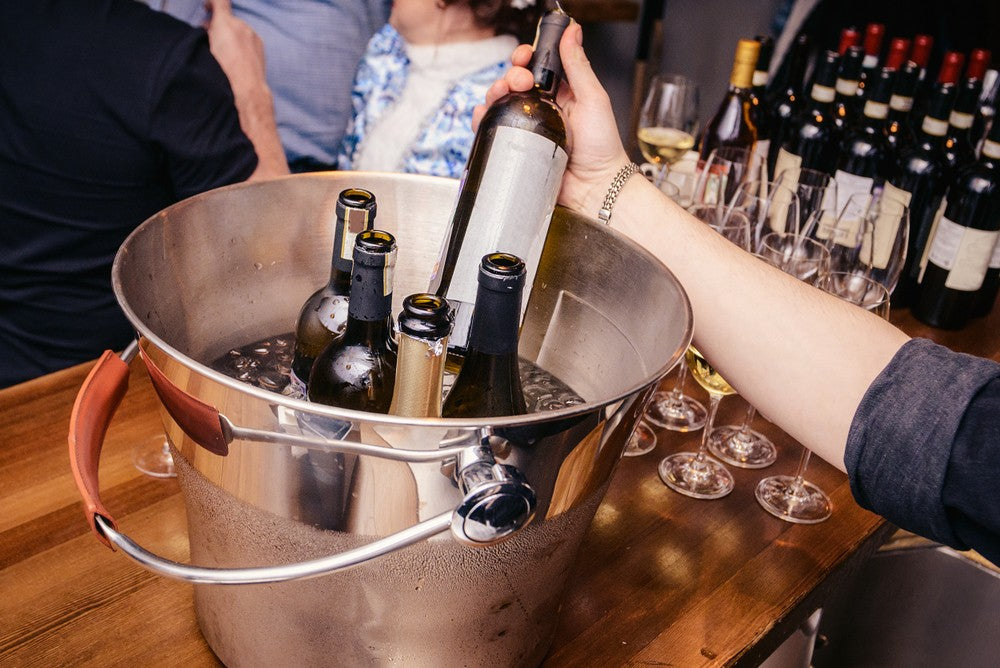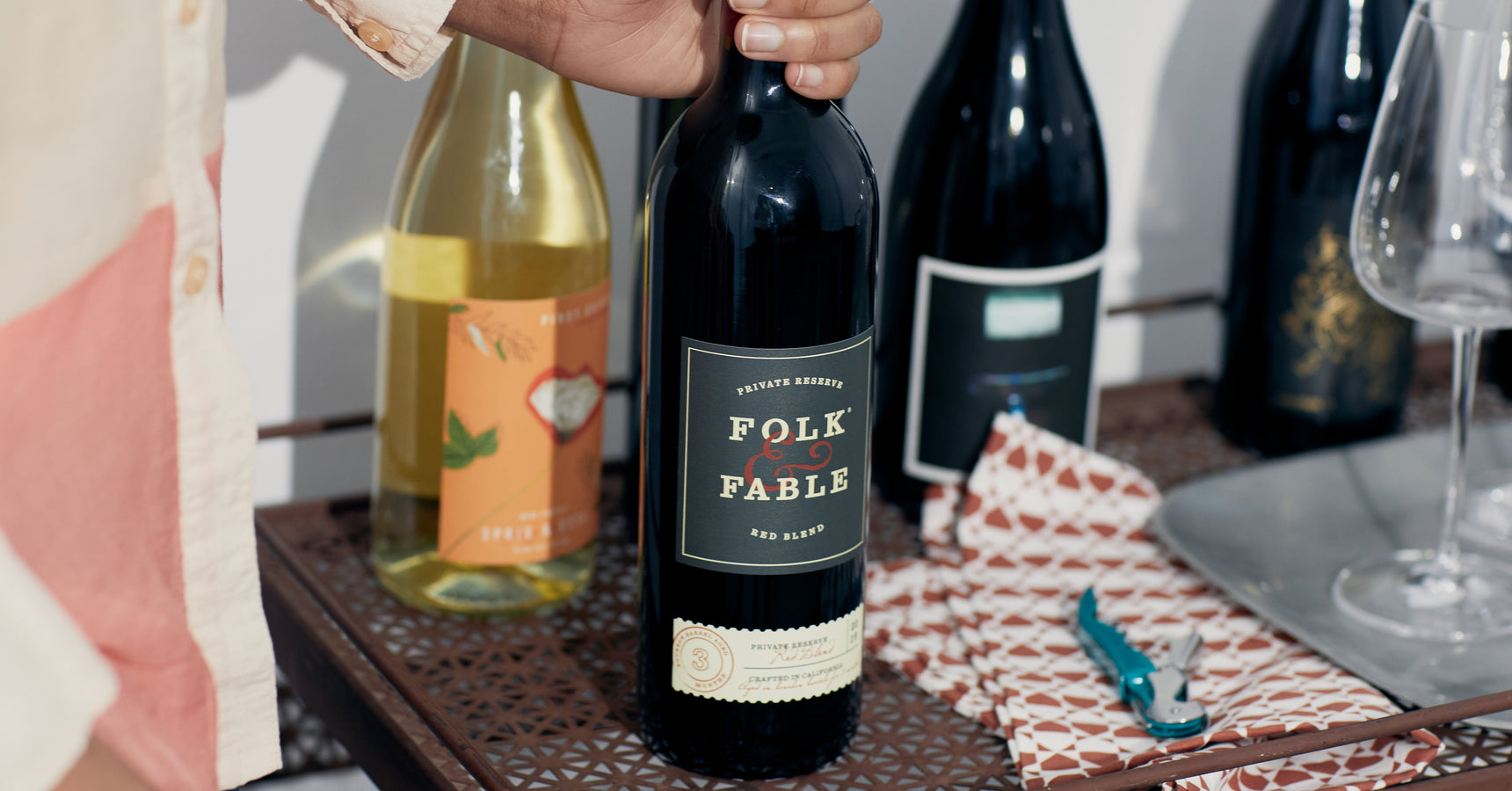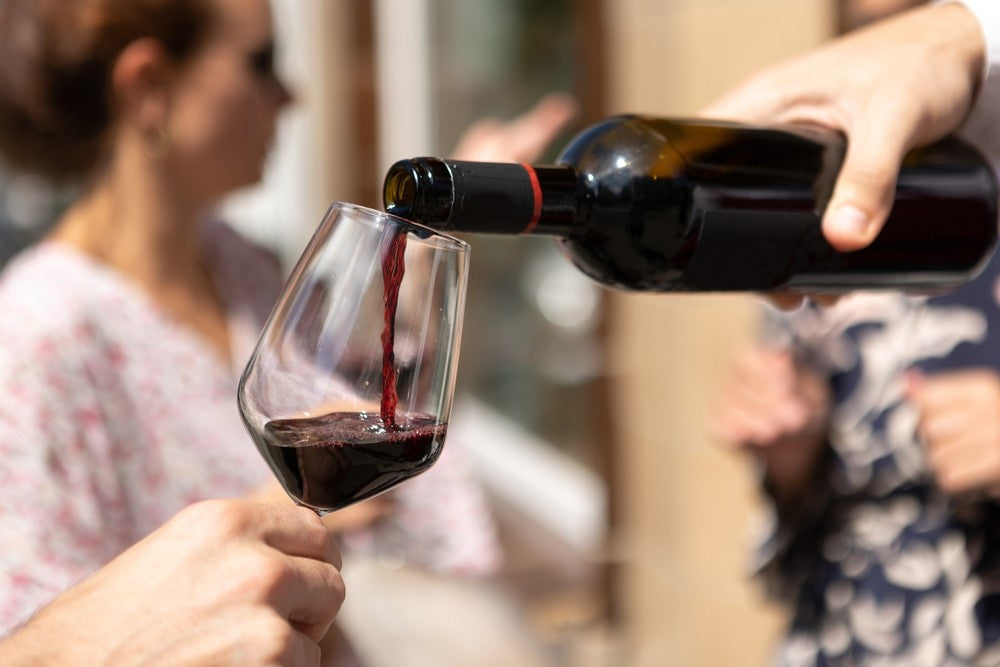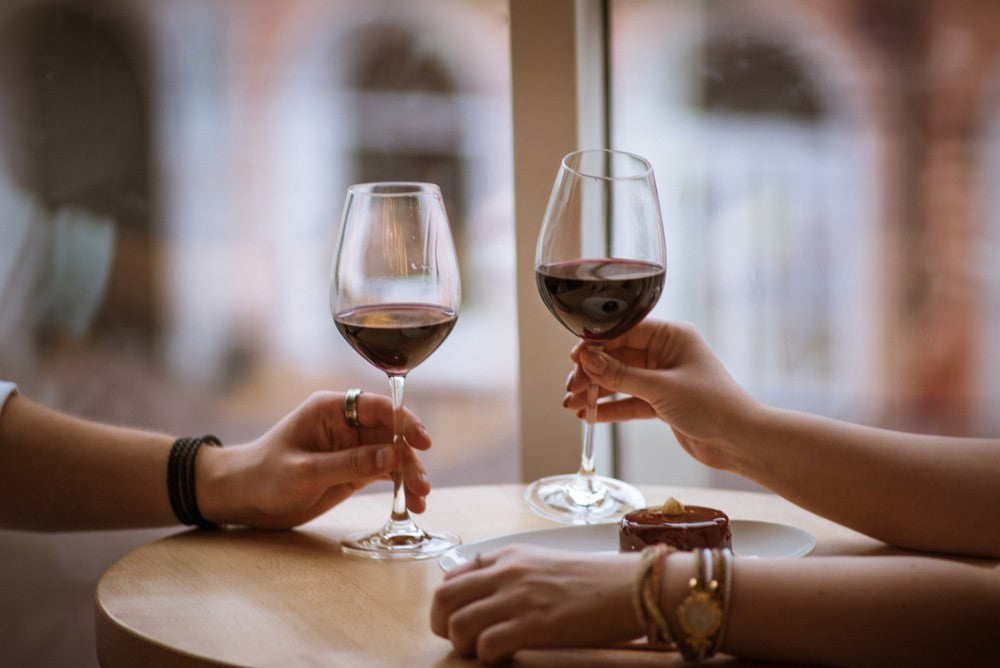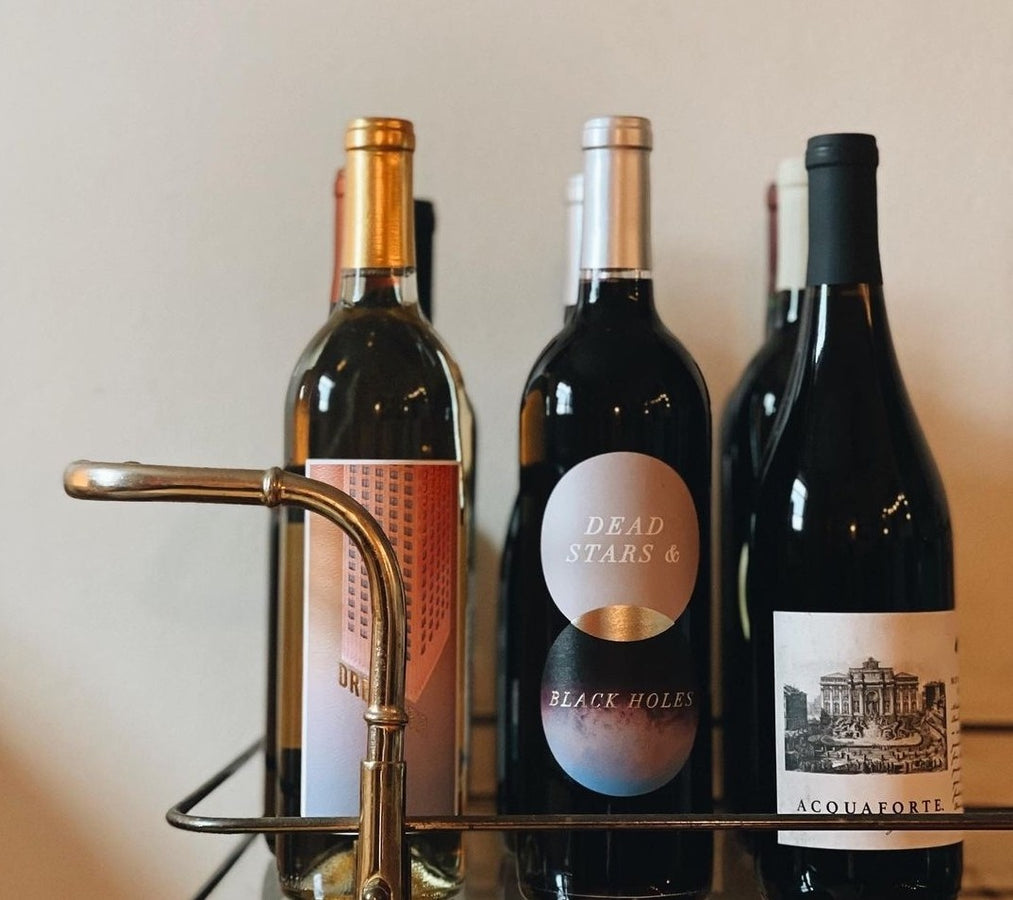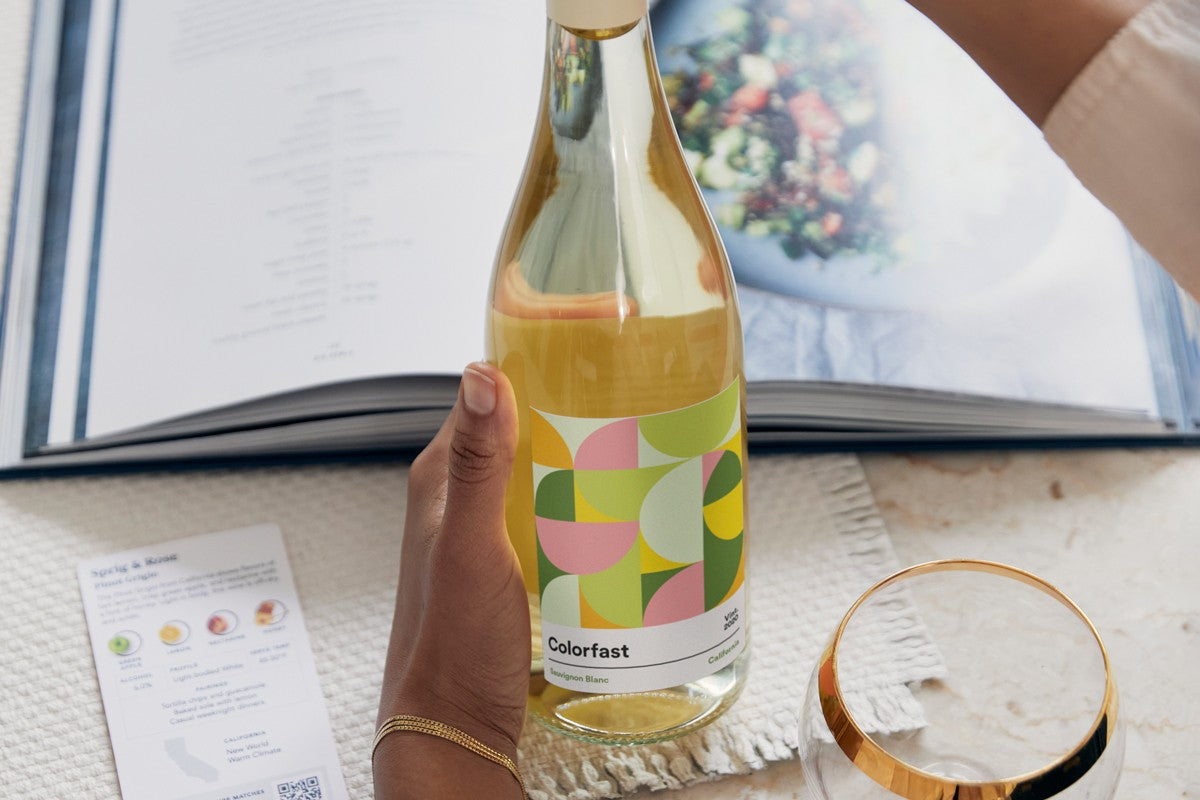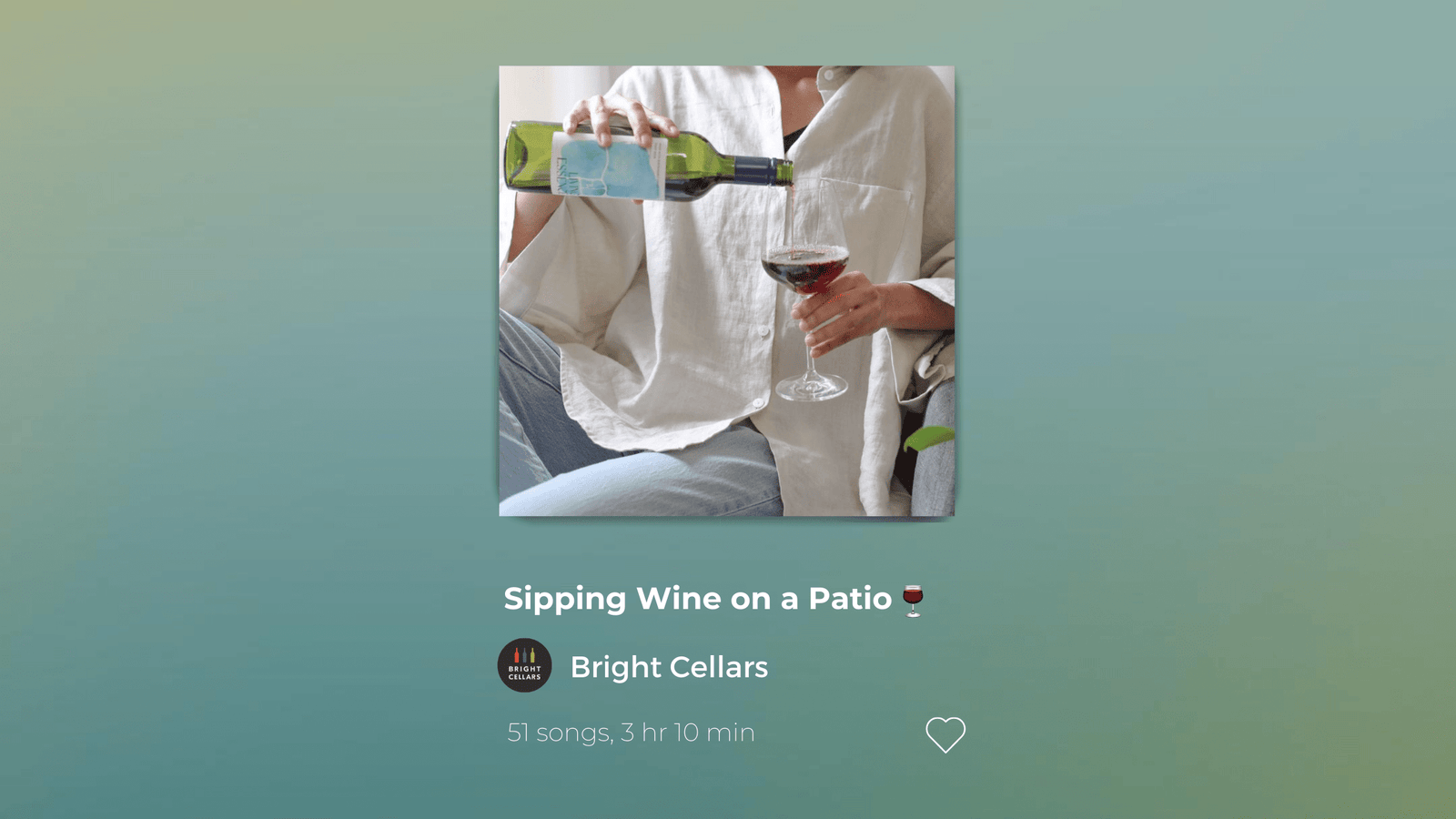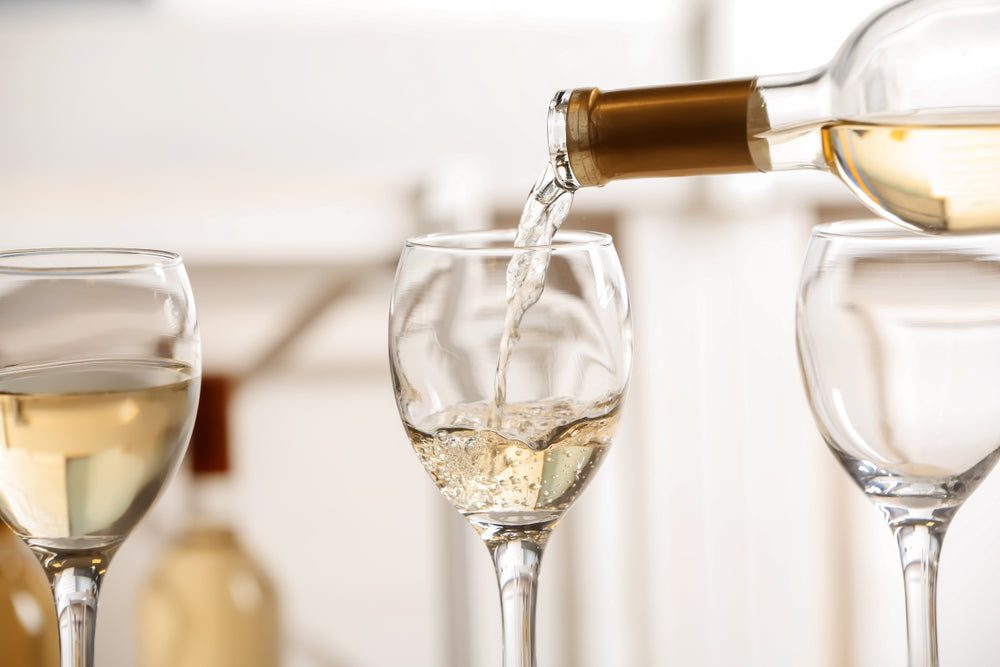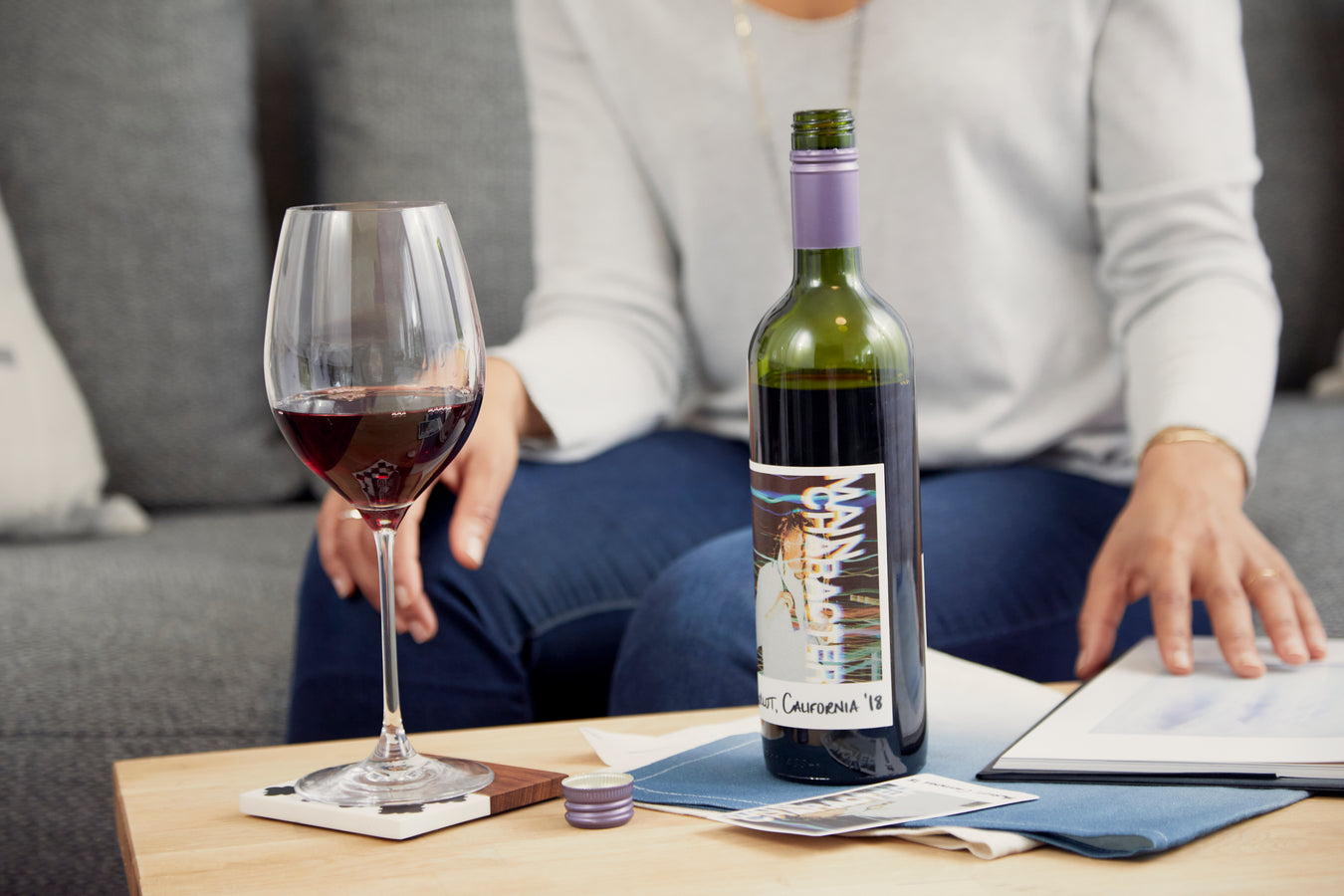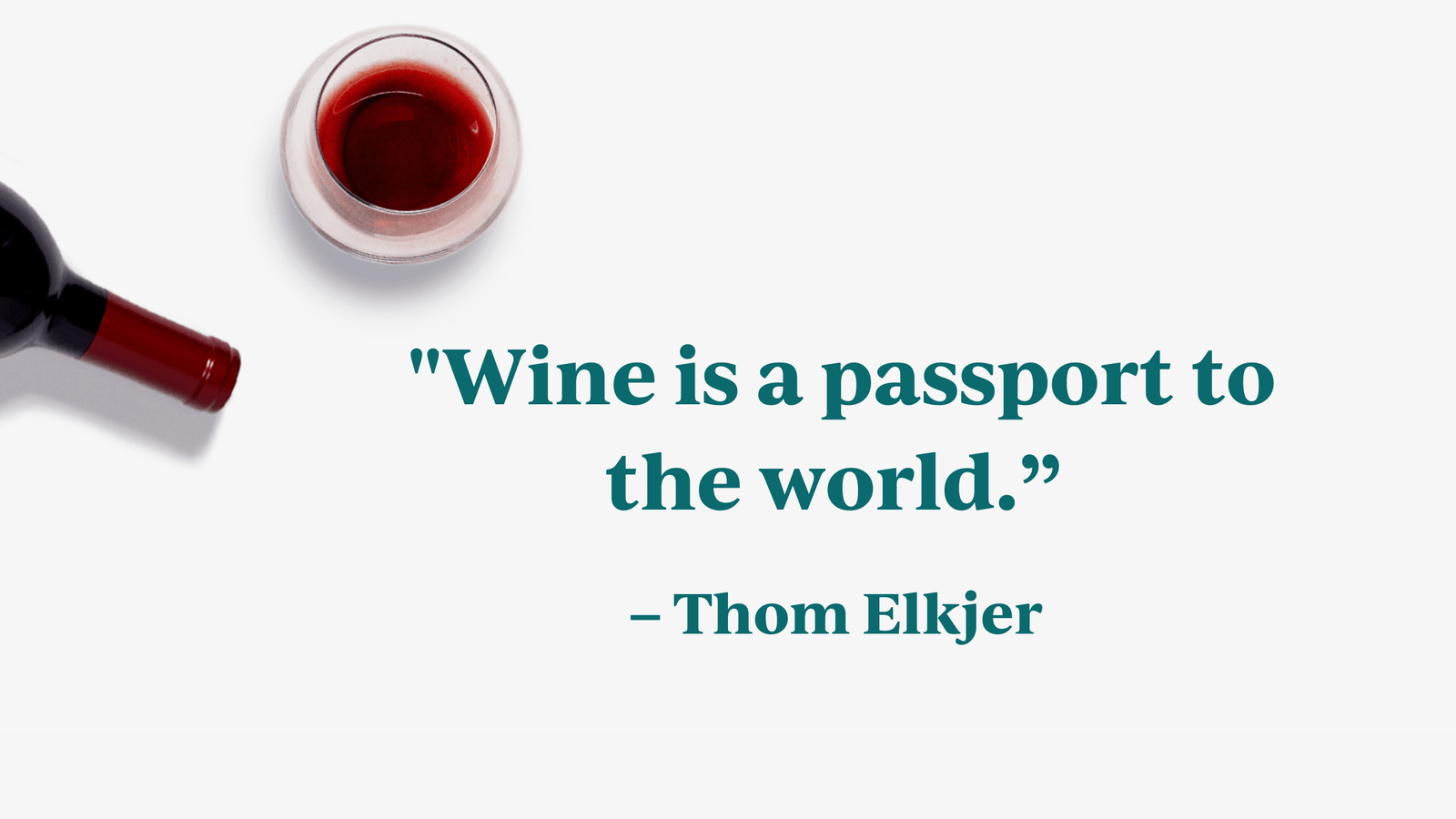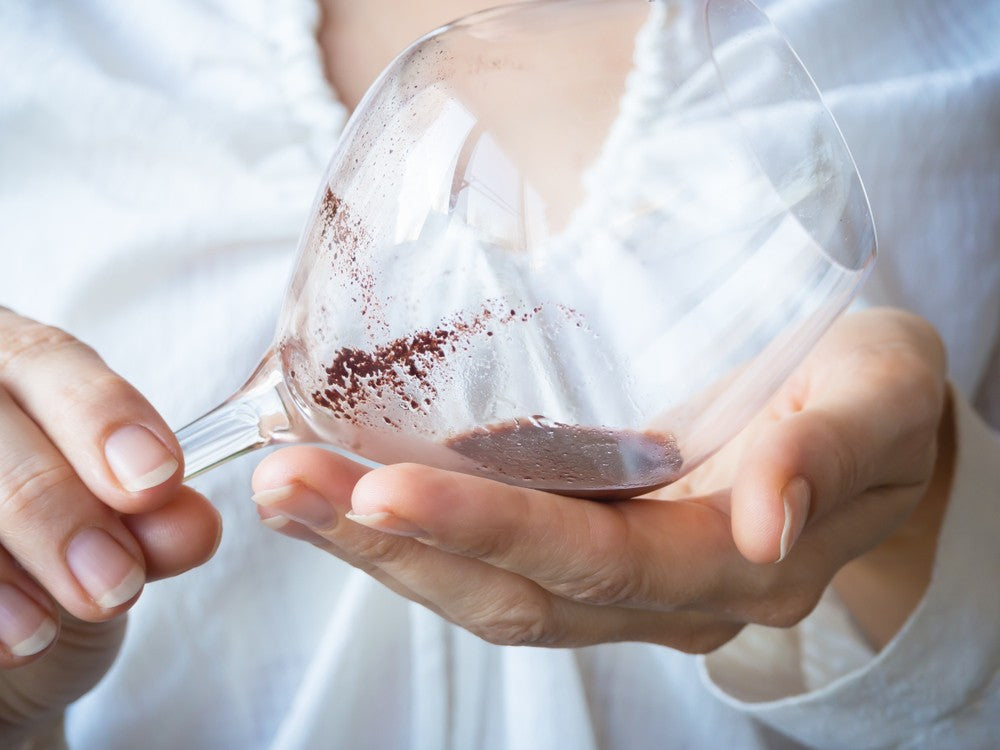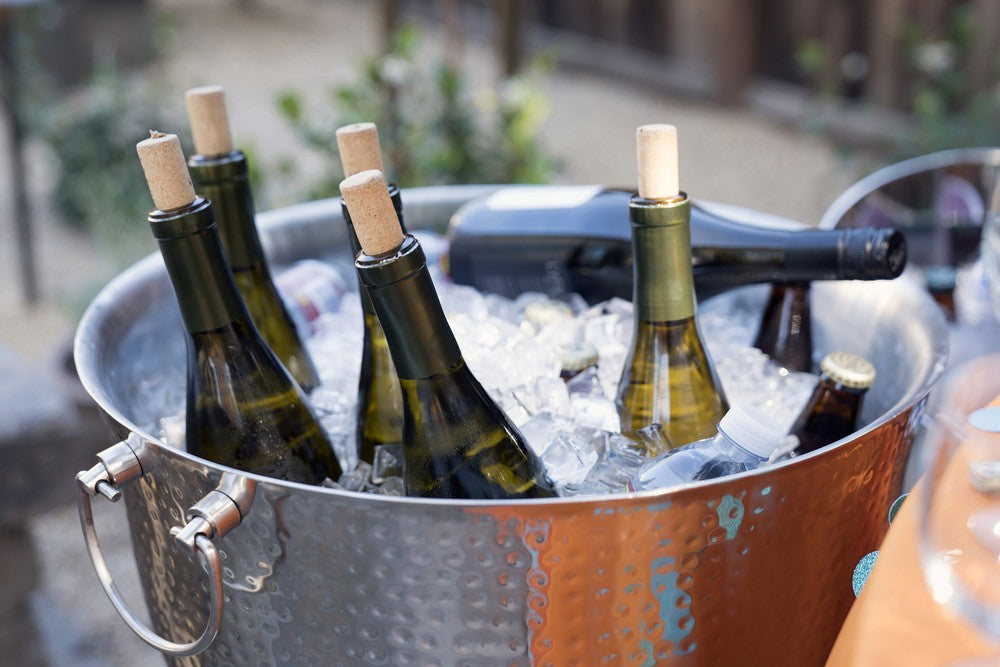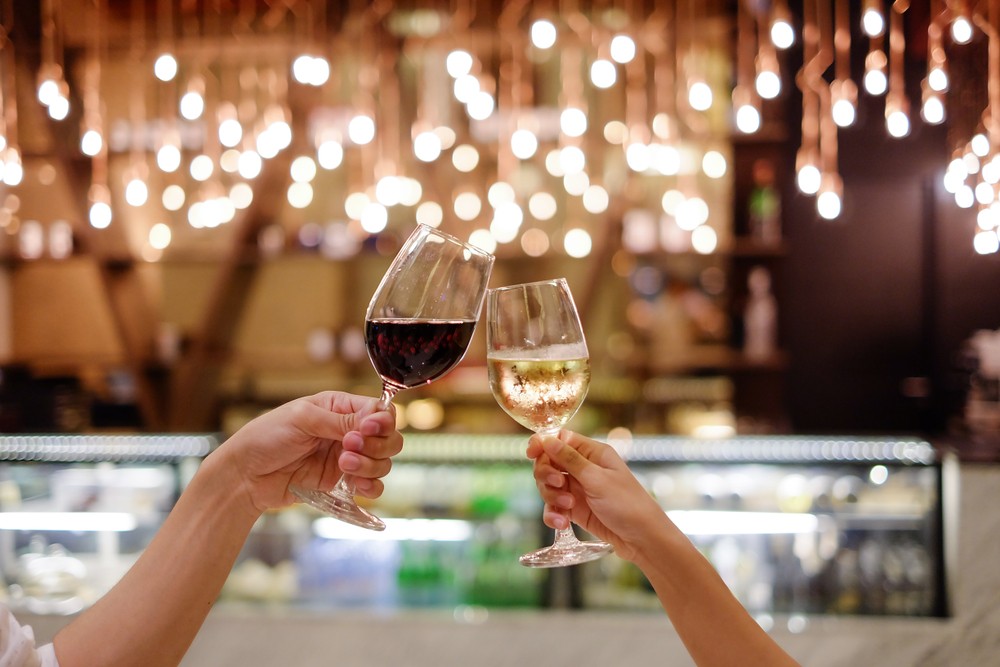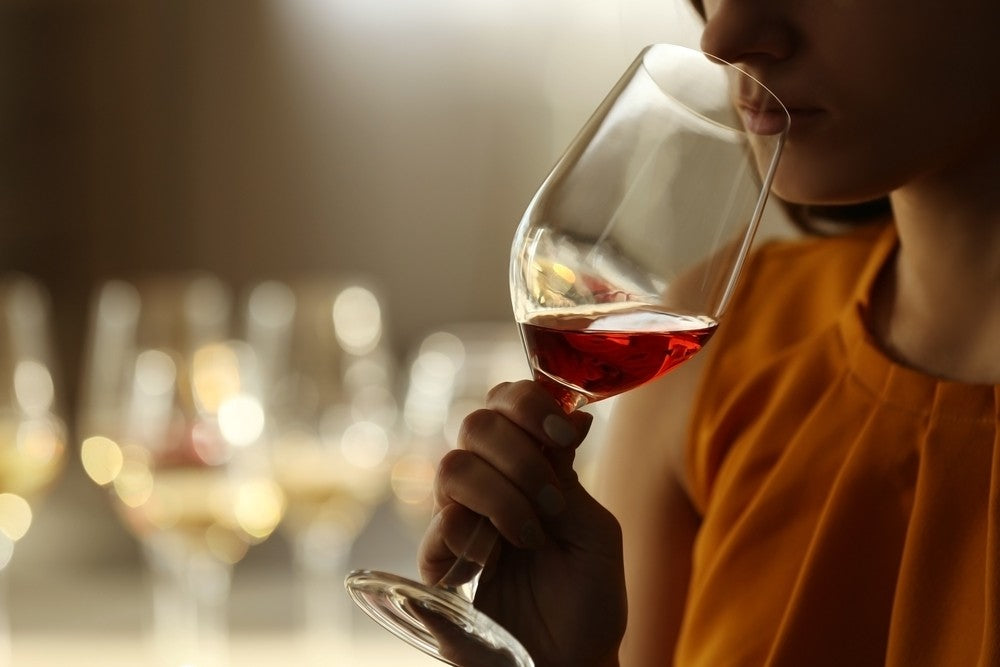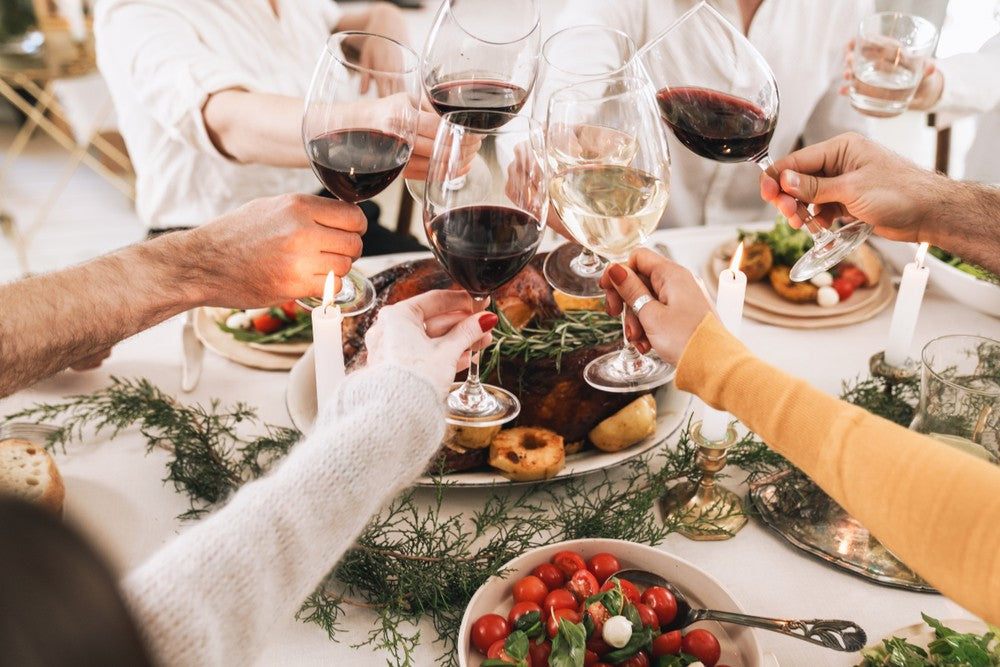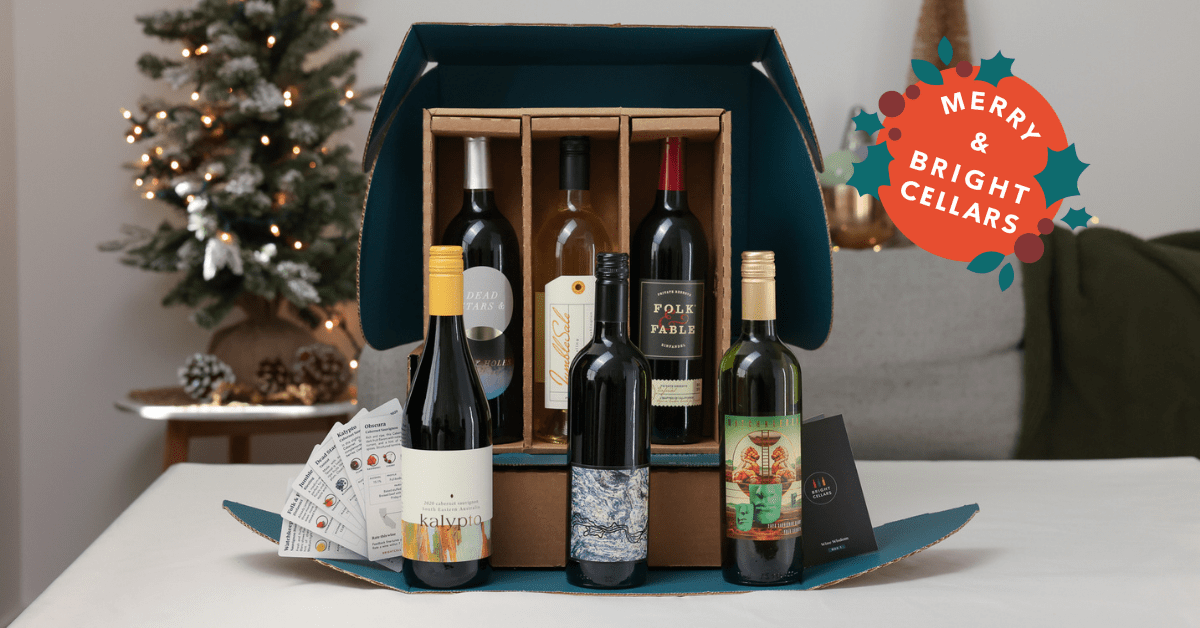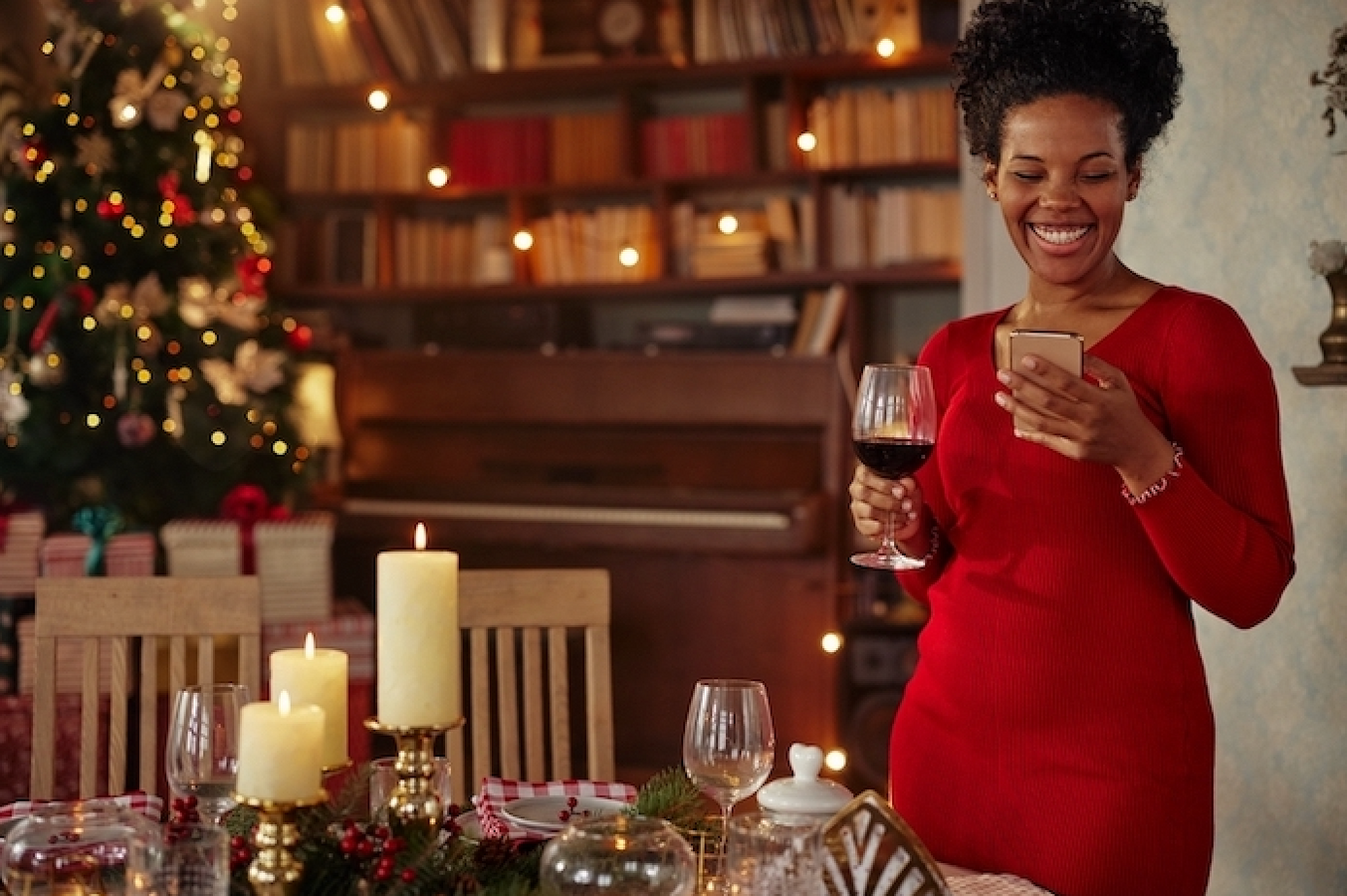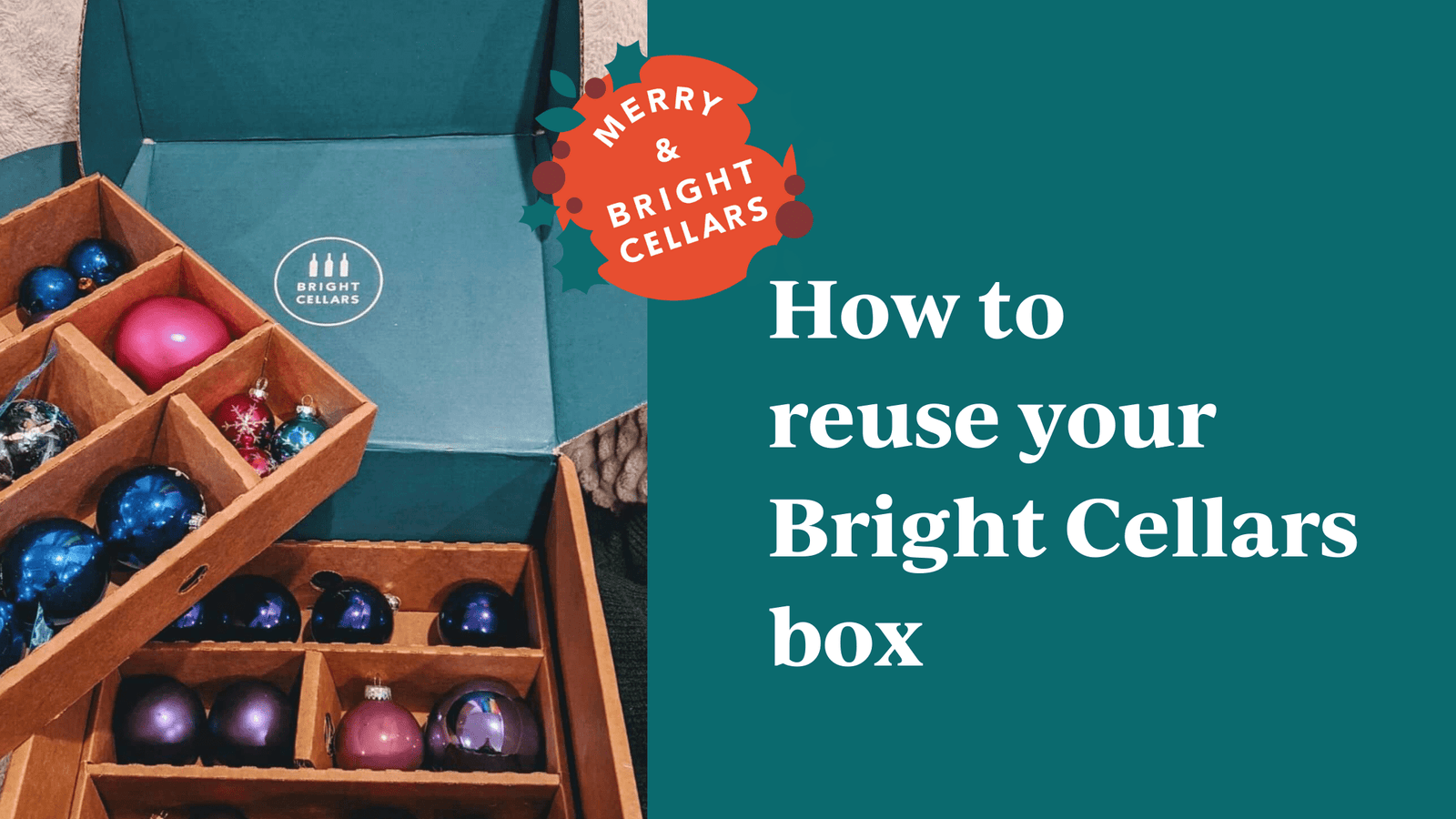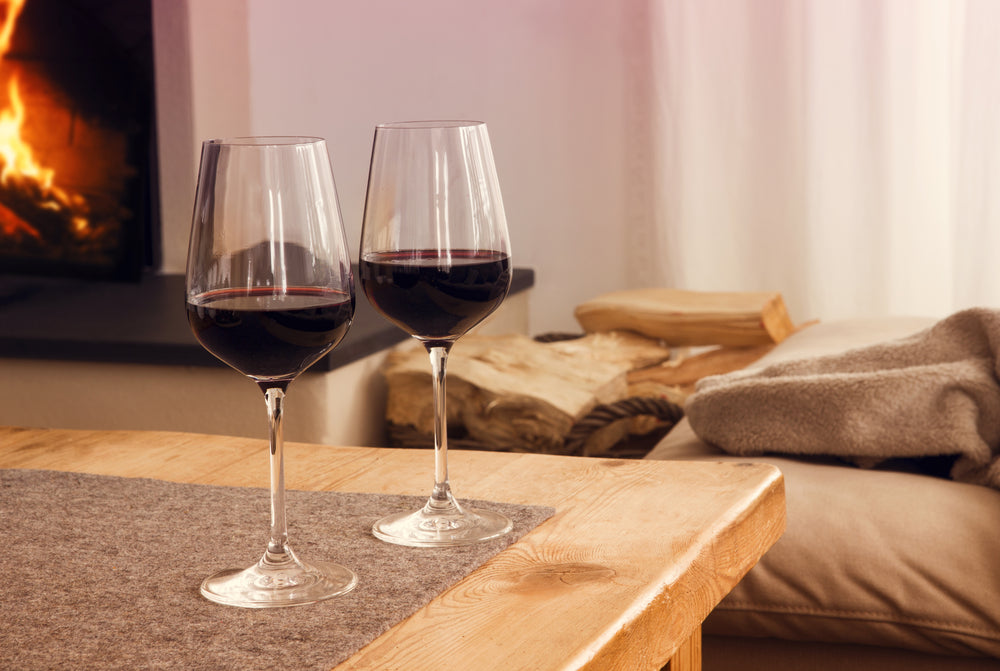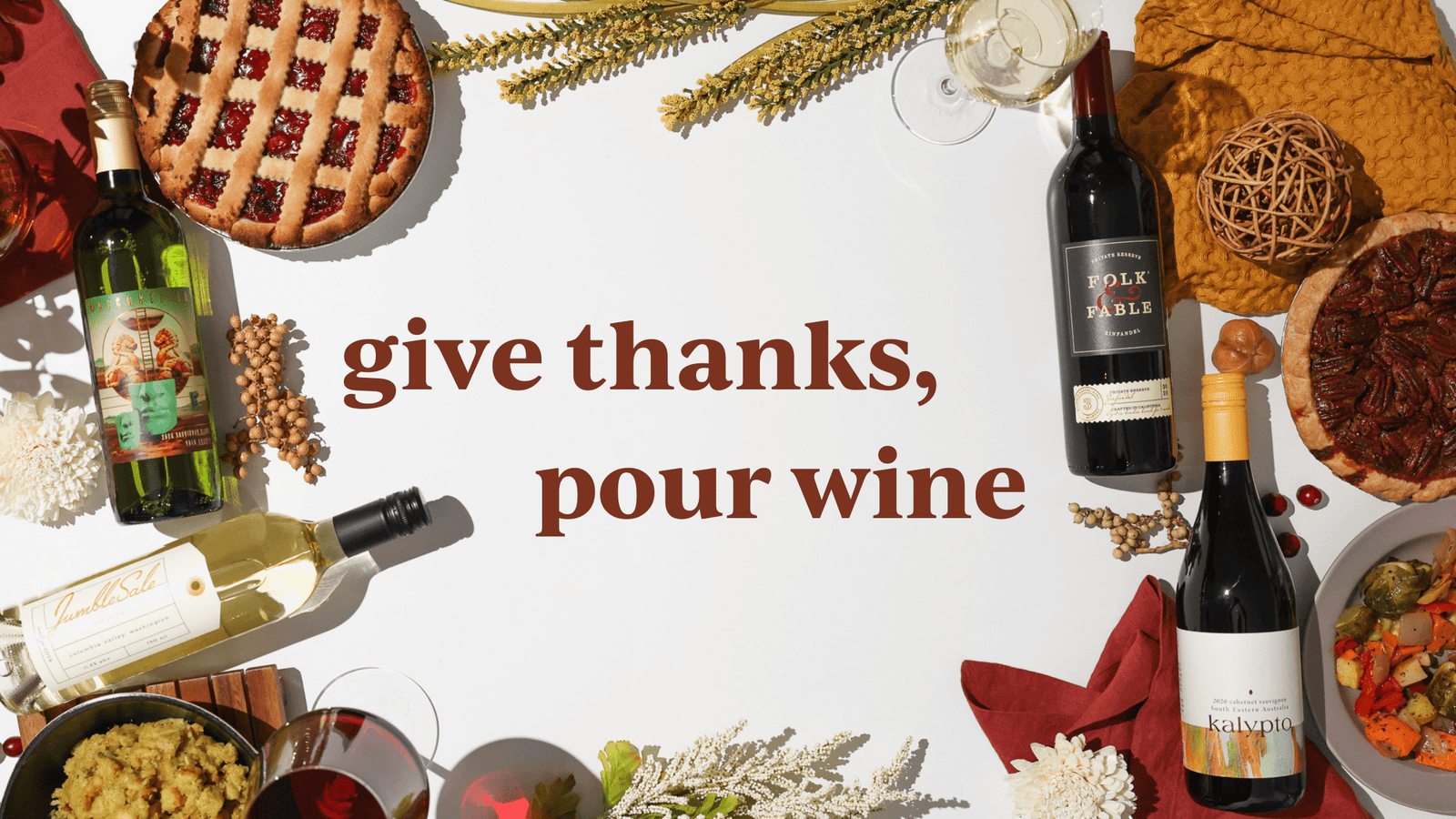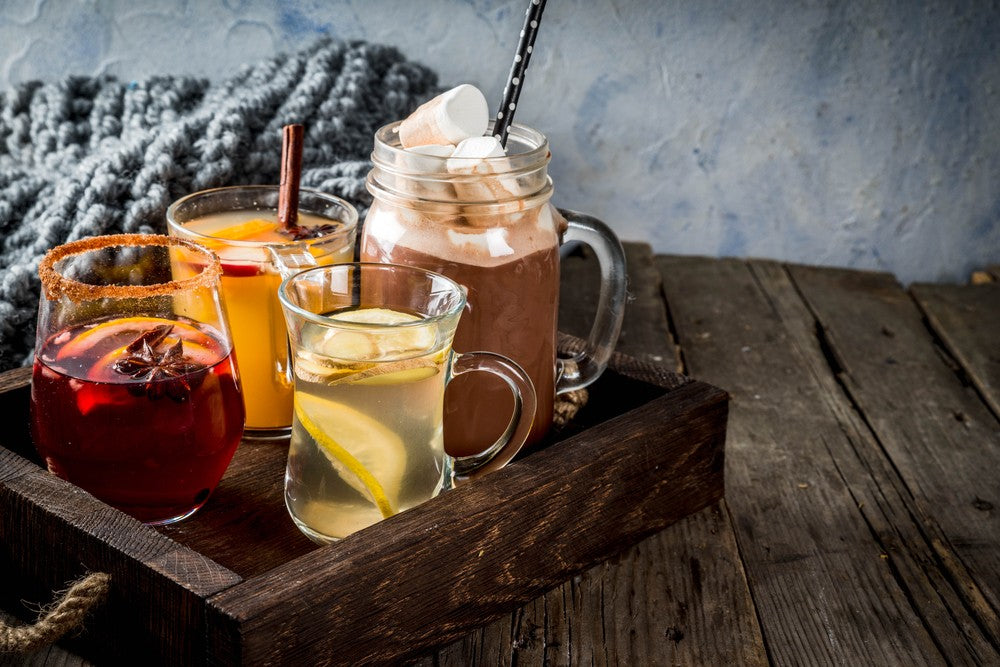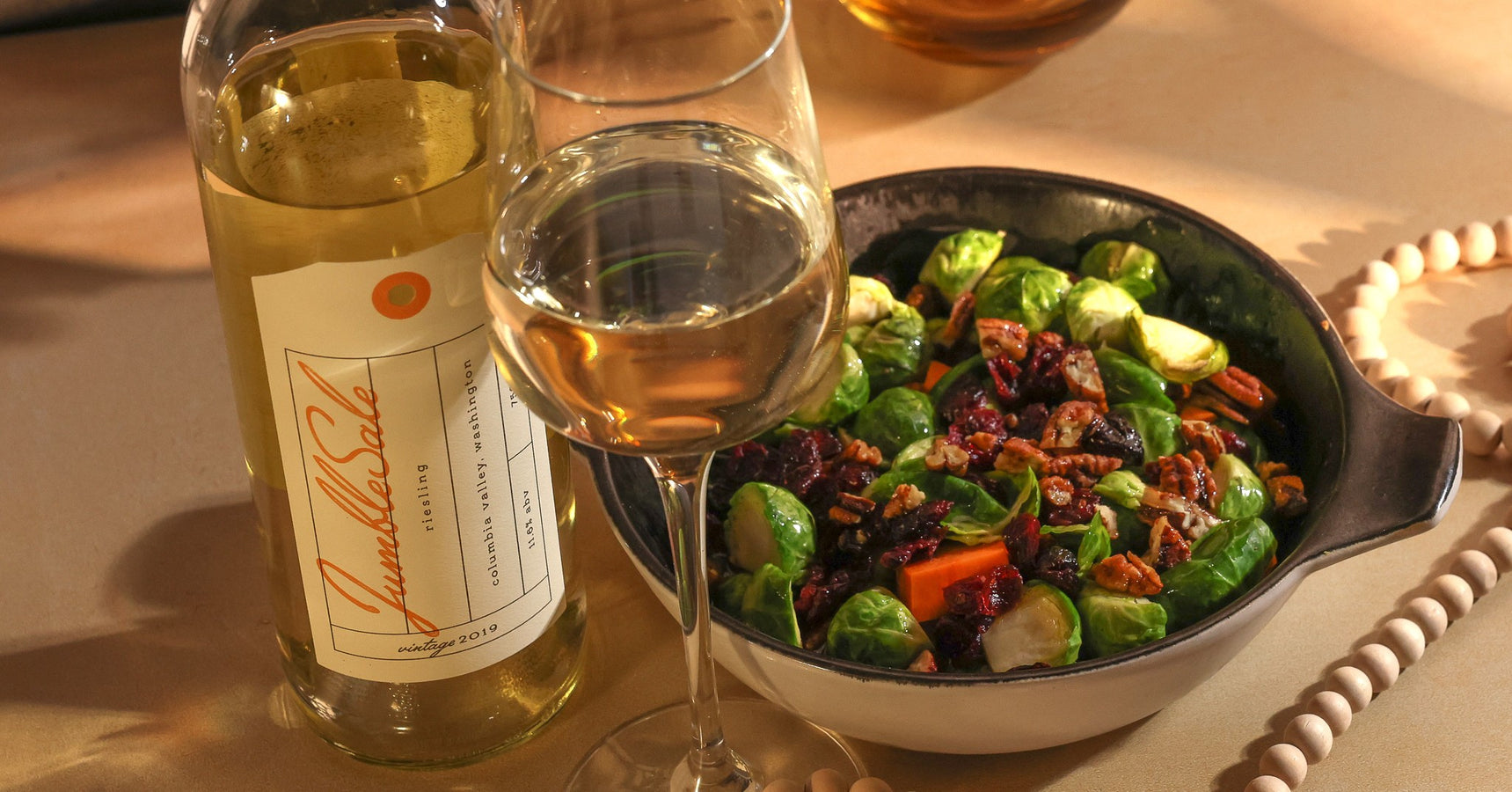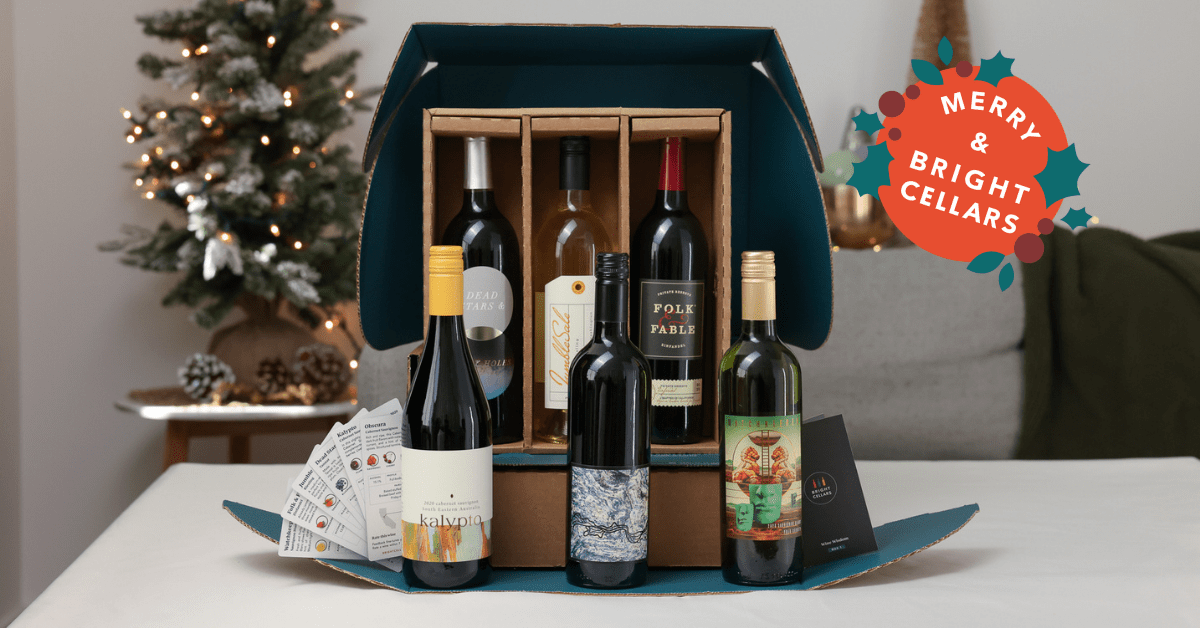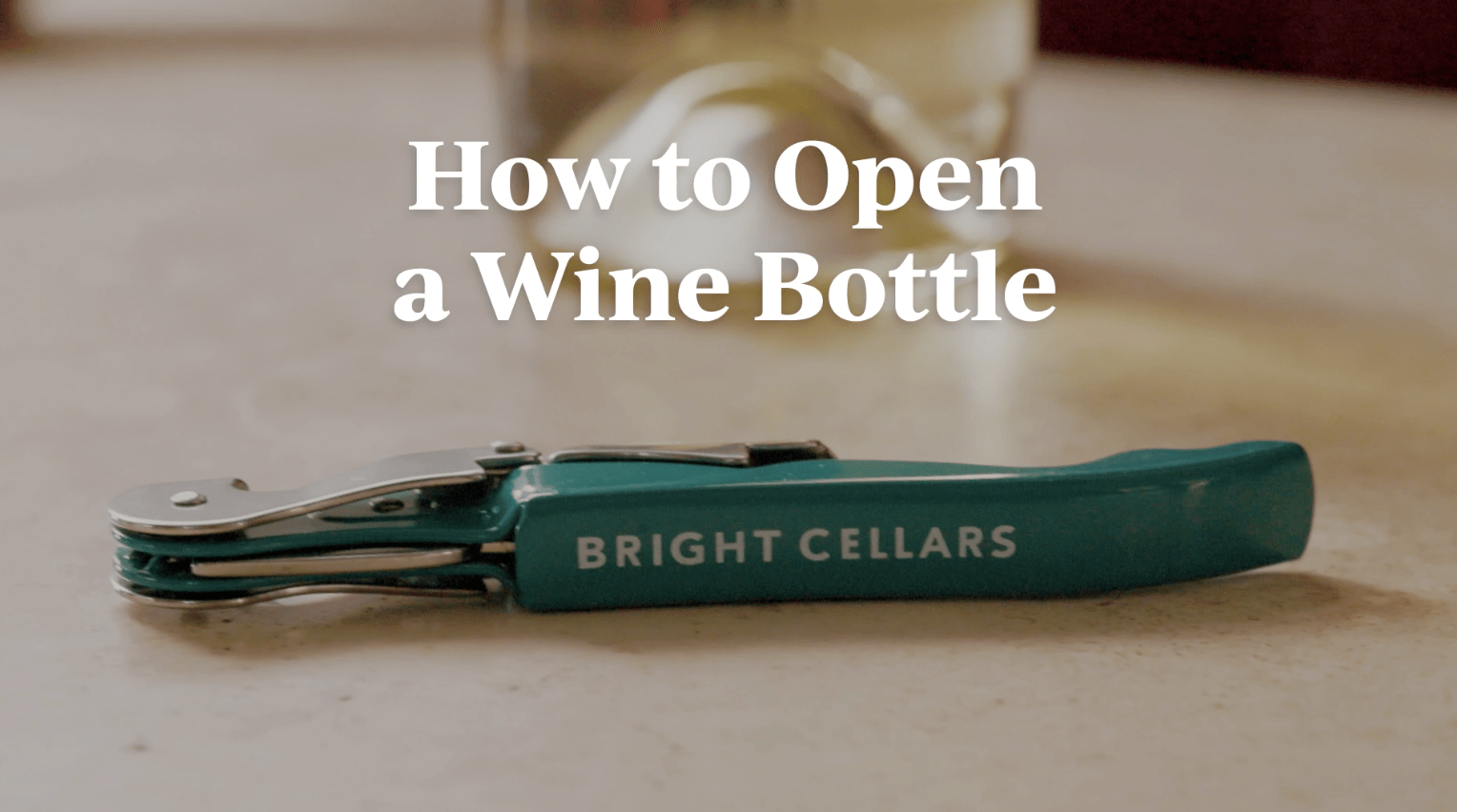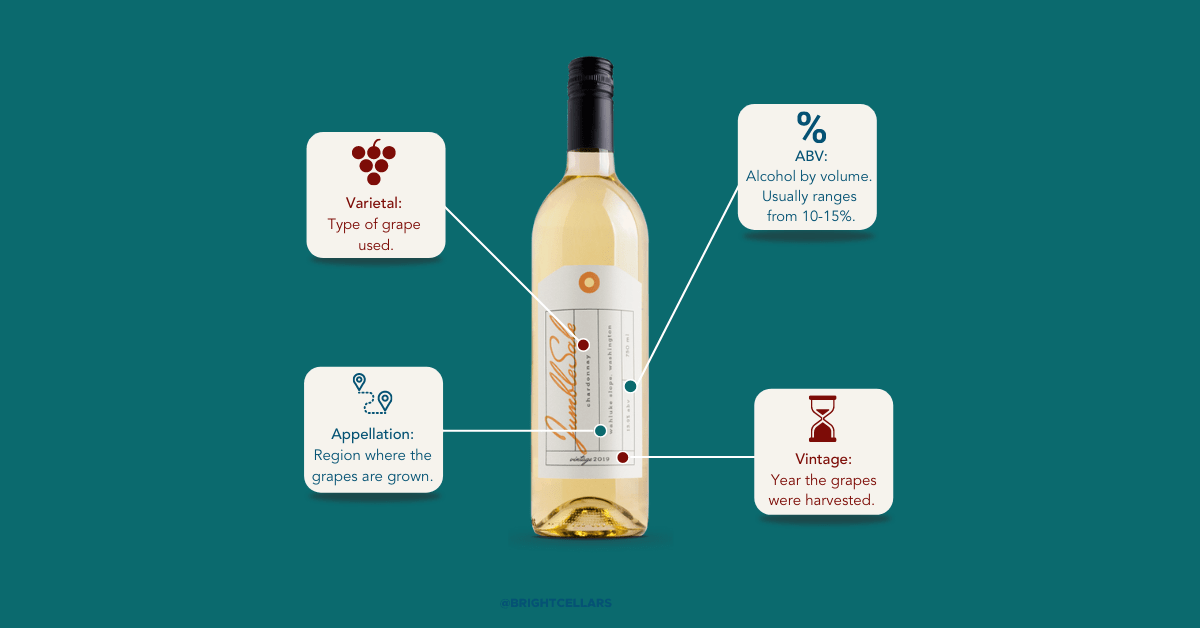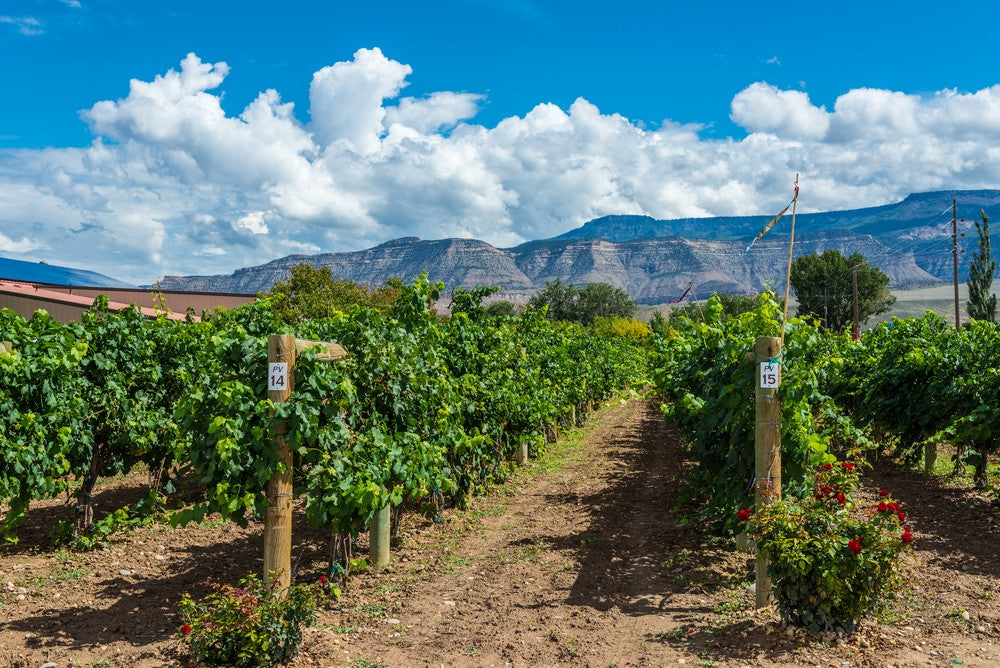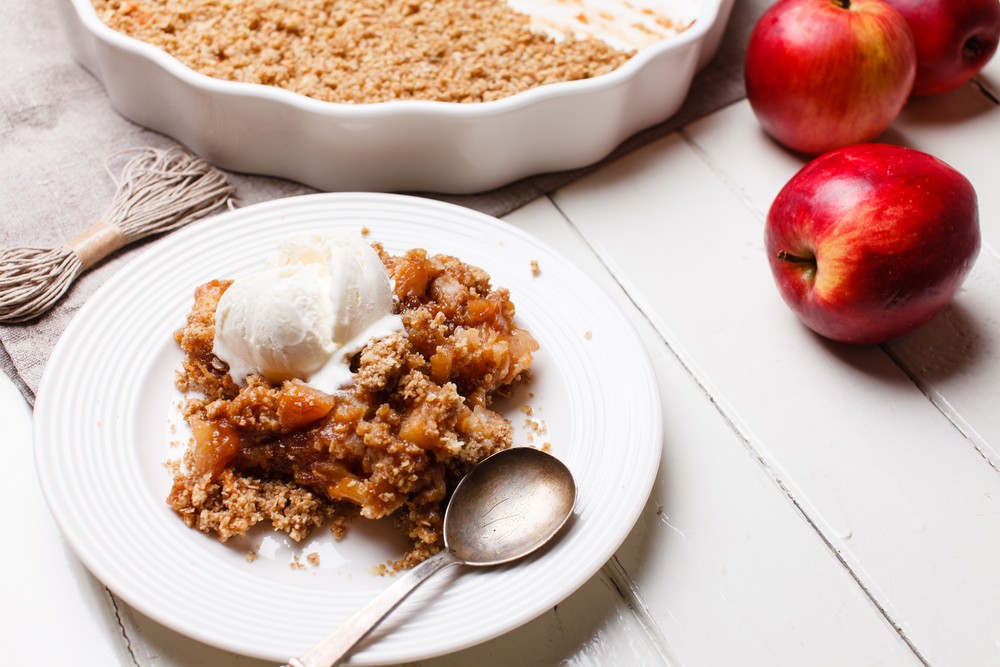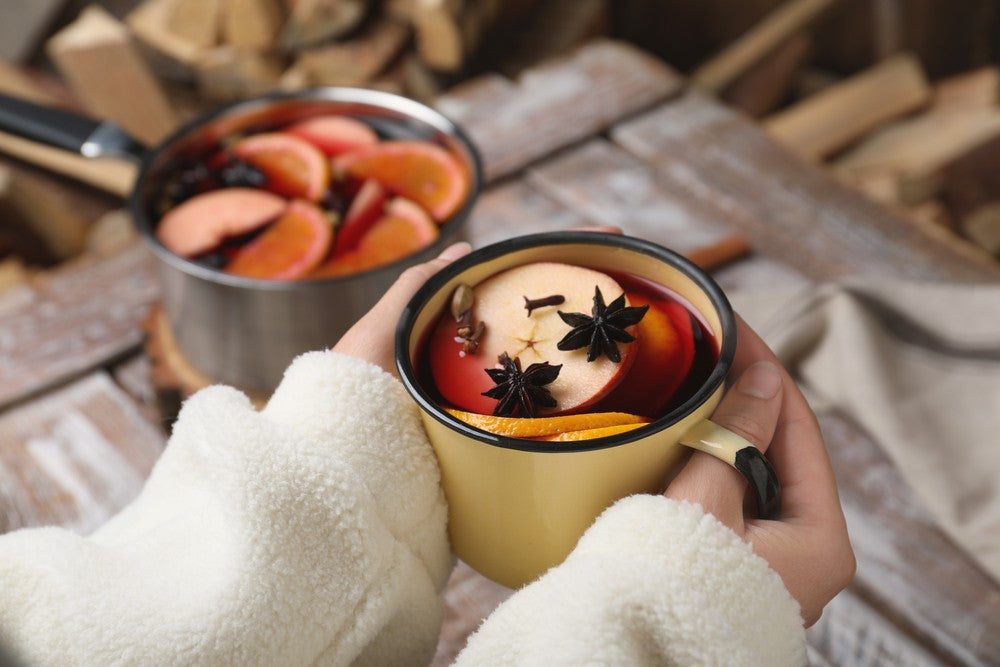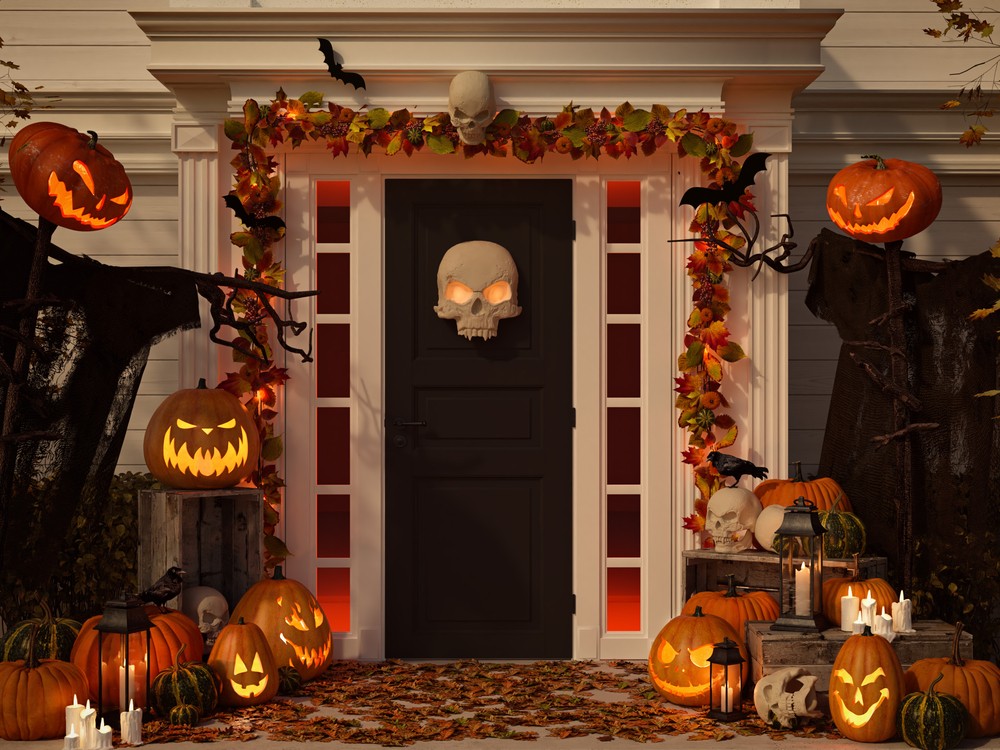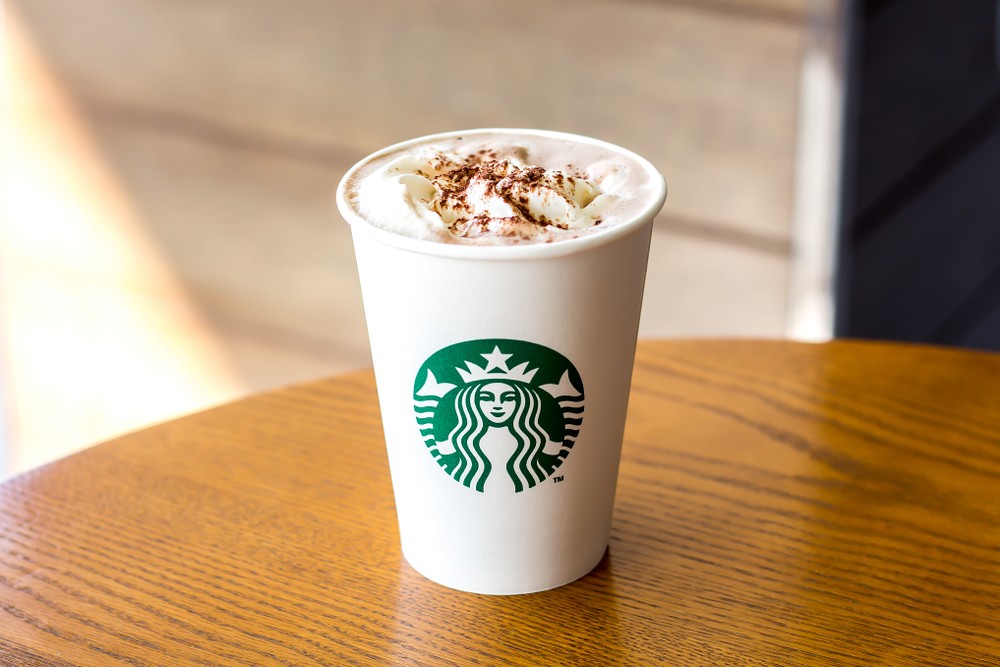
As we ring in the New Year, it’s important to address this surprisingly common question - what is the difference between Champagne and sparkling wine? Perhaps you’ve known the difference for years, or perhaps you didn’t even know there was a difference. If you’ve been using the terms ‘Champagne,’ ‘sparkling wine,’ ‘Prosecco,’ and ‘Cava’ interchangeably, you’re due for a crash course on sparkling wine vs Champagne.
The Difference between Champagne and Sparkling Wine
Say it with us - all Champagne is sparkling wine but not all sparkling wine is Champagne. In order to be considered true Champagne, the wine must have been grown, harvested, and bottled in the Champagne region of France just outside of Paris.
We like to parallel the phenomenon to that of Kleenex VS tissue. Kleenex is a specific kind of tissue, but these days the term has replaced the word ‘tissue’ colloquially, becoming synonymous with the product.
Wine drinkers around the world might refer to any bottle of bubbly as Champagne, but that’s technically incorrect. The wine industry is highly keen on laws and regulations, so we’d be better off thinking of Champagne as a location-locked style of sparkling wine.
The Appellation
Sense of place is everything when it comes to Champagne production. European law states that wine must be bottled within 100 miles of Champagne, France, in order to be legally labeled Champagne.
You’ve heard of Chablis, Chianti, Burgundy, and other wine varietals that are legally bound to their sense of place. Chablis, for example, is a wine region north of Burgundy that produces a lean style of Chardonnay. Chardonnay grapes are used, however, the unique appellation produces the distinct, legally protected varietal of Chablis.
The Grapes
In addition to the place, Champagne is known for using three specific grape varieties. The iconic Champagne can only be made using Chardonnay, Pinot Noir, and Pinot Meunier grapes.
The Method
Champagne is made using the Méthode Champenoise (or the Traditional Method for us less fancy folk.) How is sparkling made, you may ask? It’s different from a still wine like a Chardonnay or Cabernet Sauvignon because it undergoes a second round of fermentation - that’s where the bubbles come in. After the first round of fermentation produces a base wine, winemakers add sugar and yeast. Alcohol increases by 1.5%, and the CO2 is trapped, creating the carbonation we all know and love.
For the Traditional Method, the second fermentation happens in a bottle. This allows a higher ratio of yeast to liquid. The dead yeast cells (also known as “lees”) then release chemical compounds, and there’s extended contact with the lees to release more flavors.
Champagne Alternatives
If you’re a fan of Champagne but not necessarily a fan of the price tag, you should look for a sparkling wine made using the Traditional Method. Cava, Franciacorta, certain New World sparklings, and even a handful of Prosecco are made using the Traditional Method. Make sure to check the label!
Stigma Sparkling Wines are domestic sparkling wines hailing from Columbia Valley, Washington, made in the Traditional Method style.
Want to learn more about the different styles of sparkling? Here are the best sparkling wines for any occasion.
In Vino Finito
Are you a Champagne person or a sparkling wine person? Let us know in the comments!
